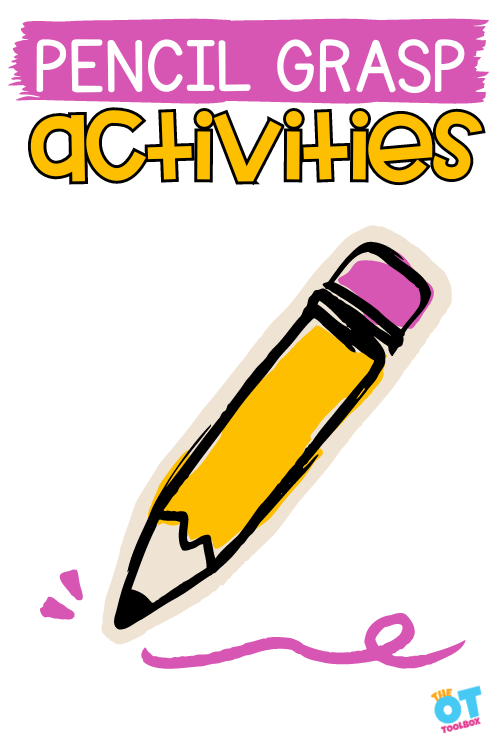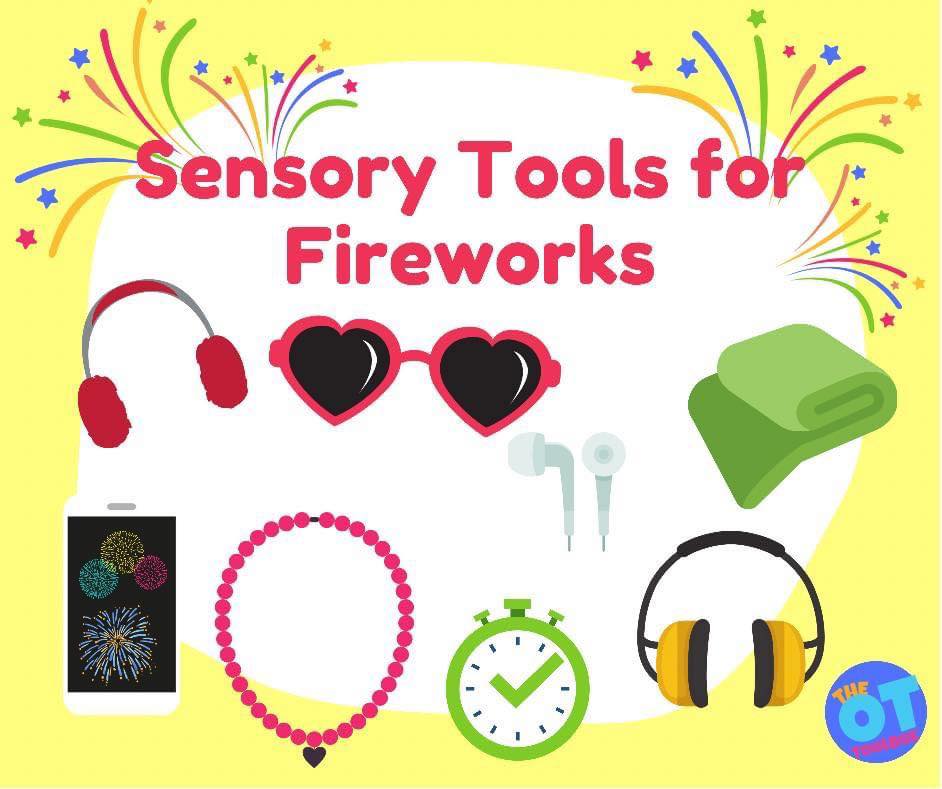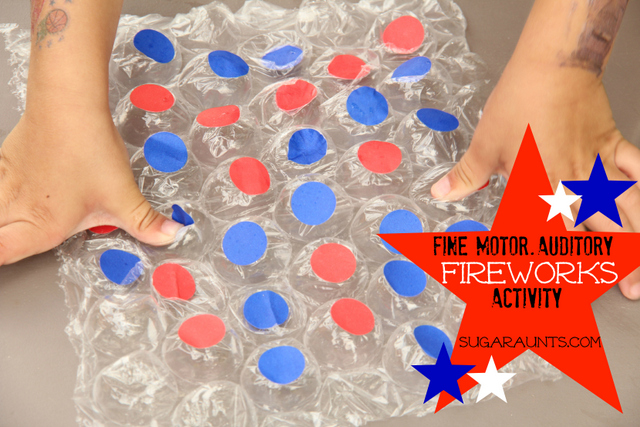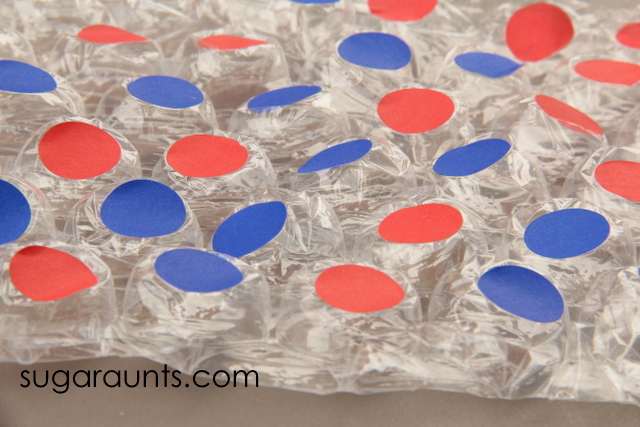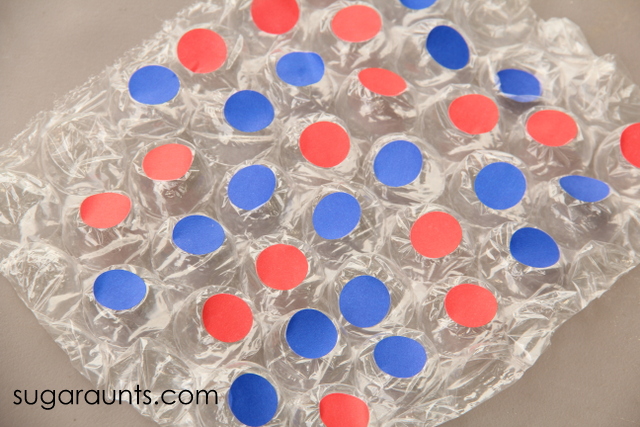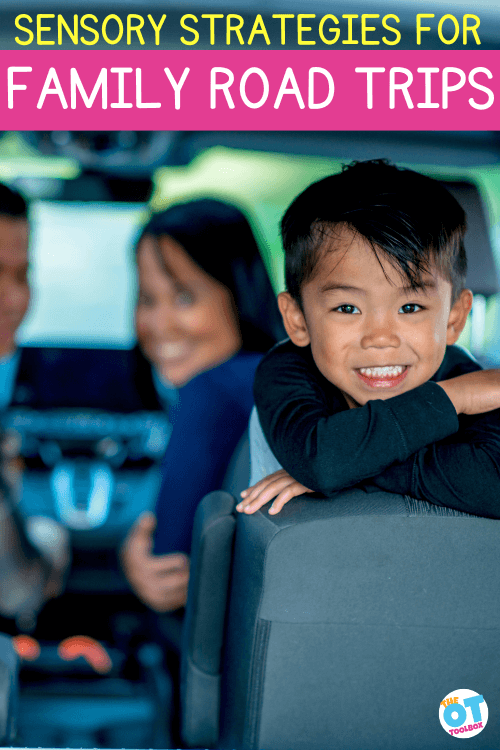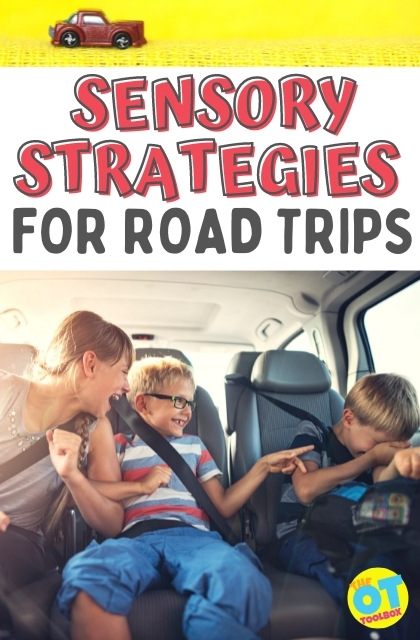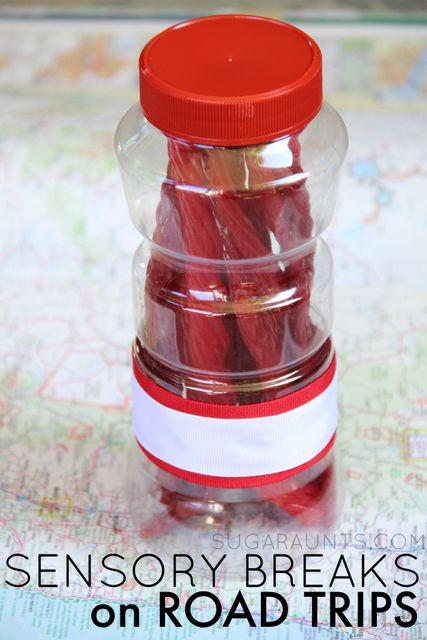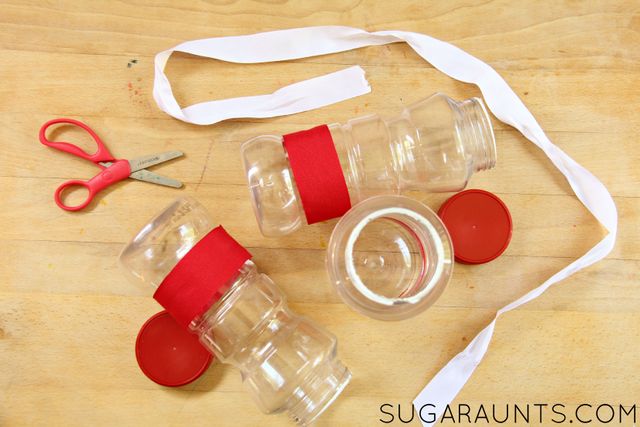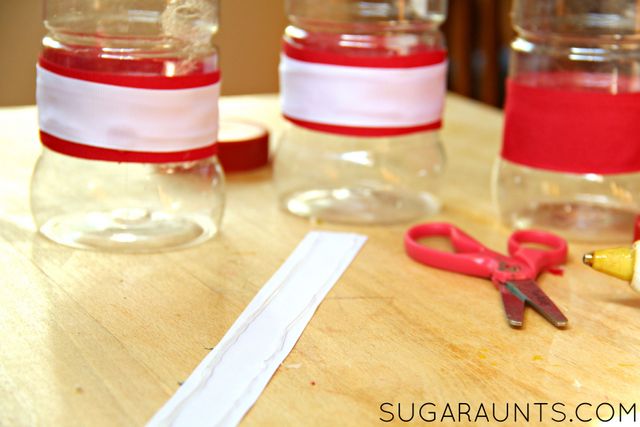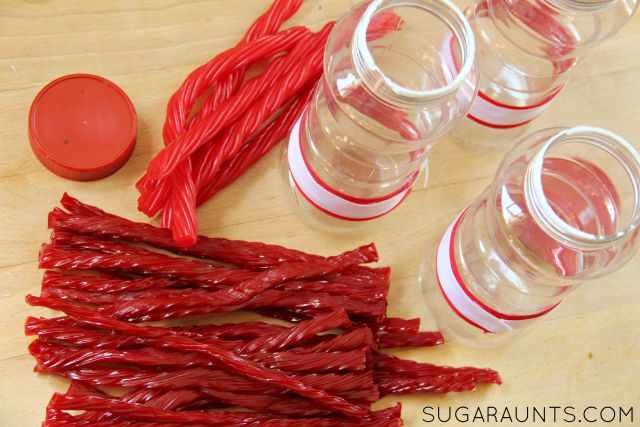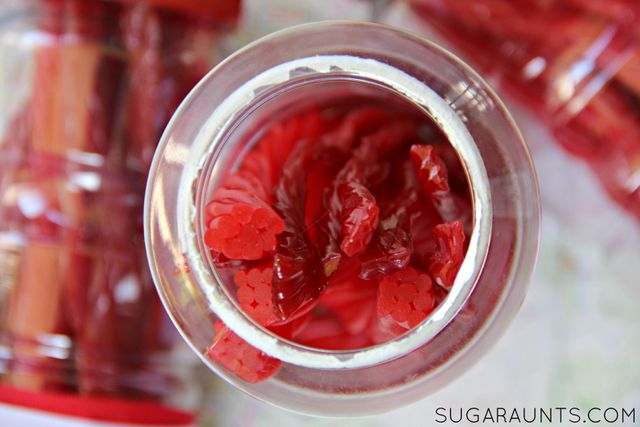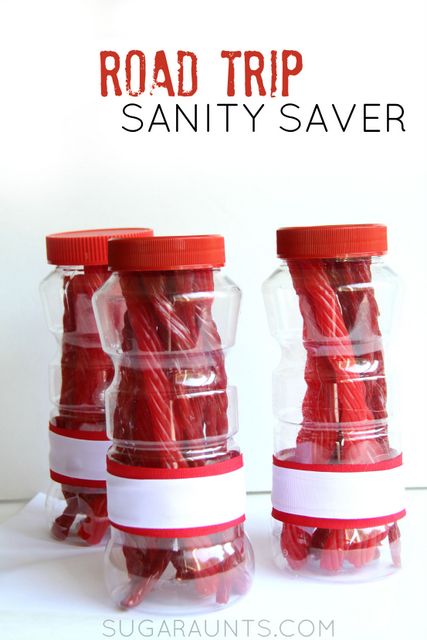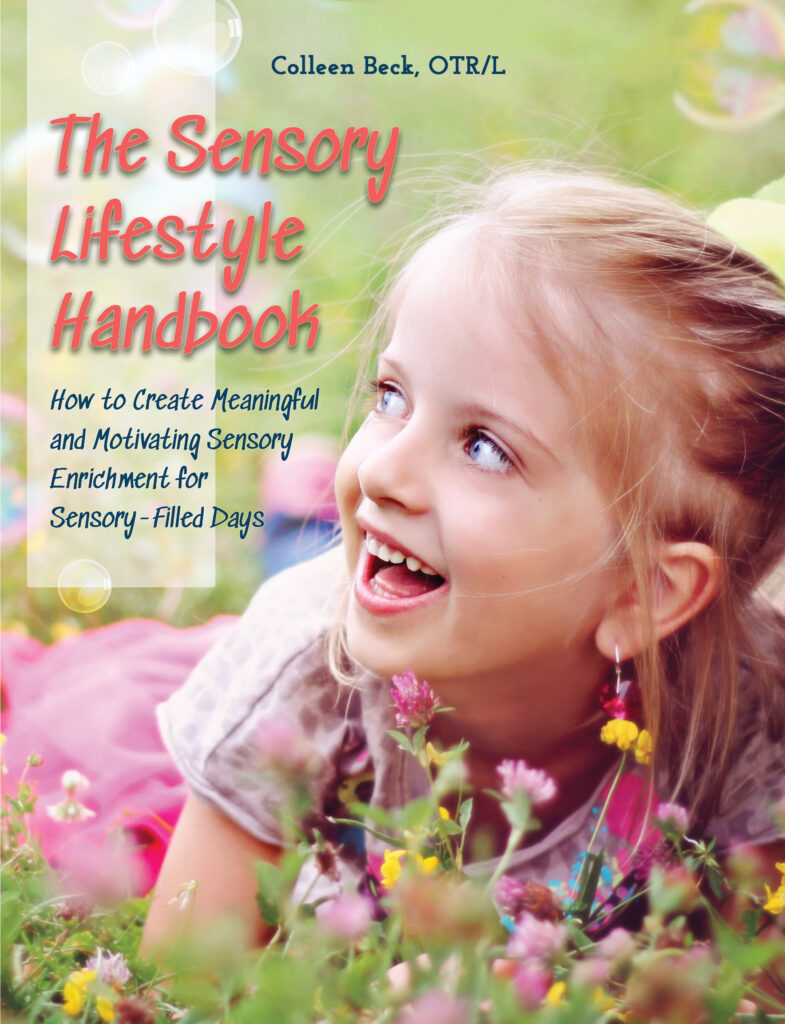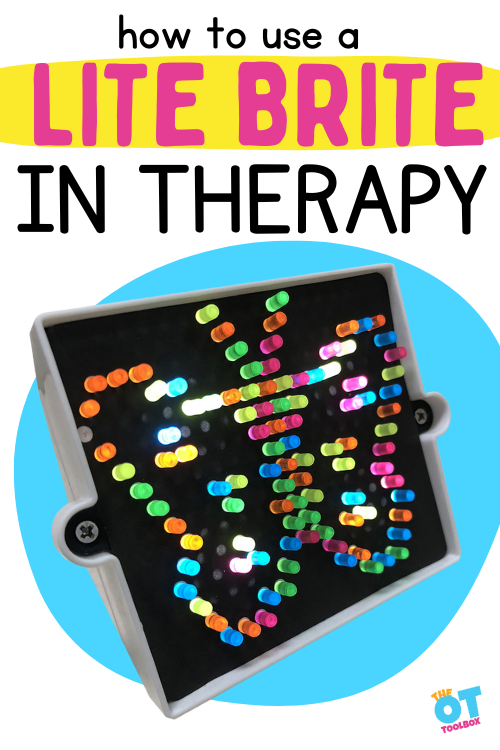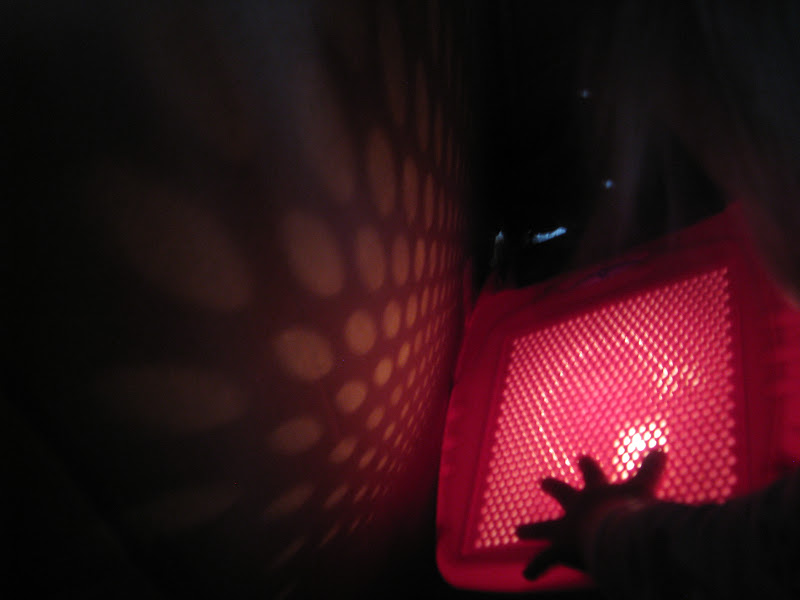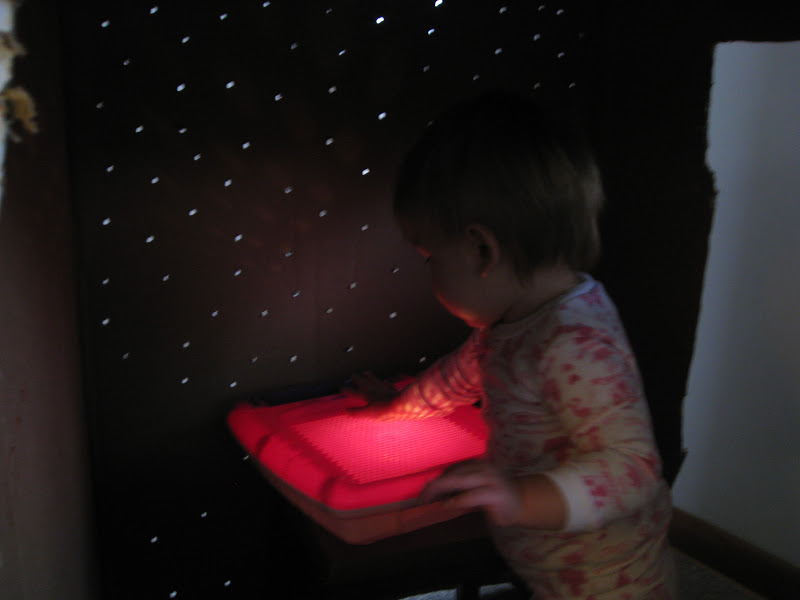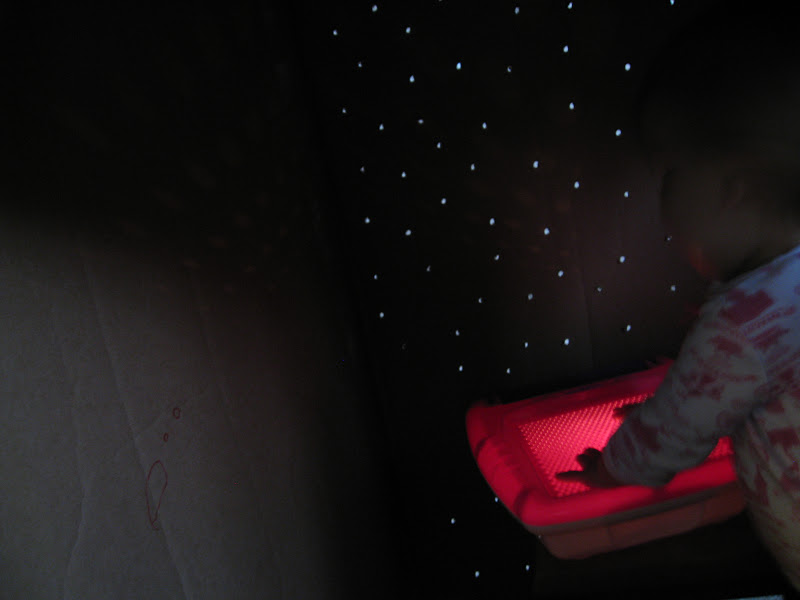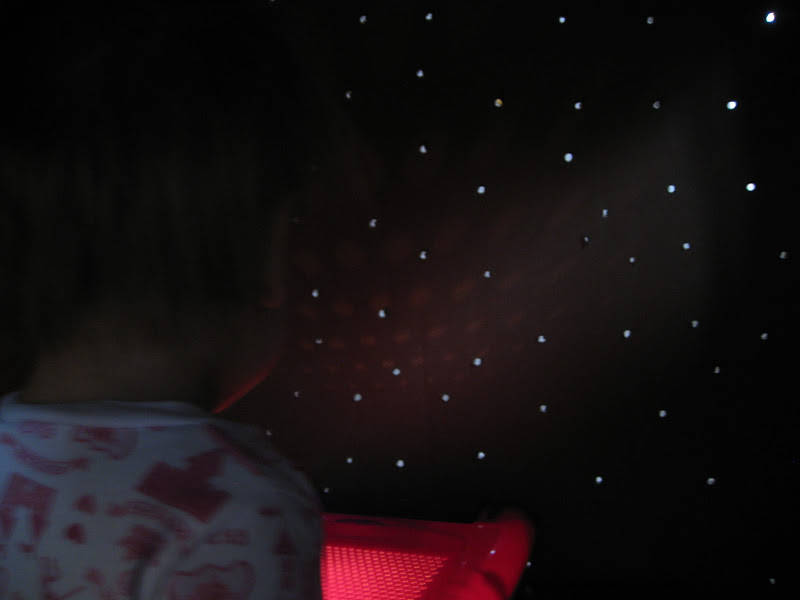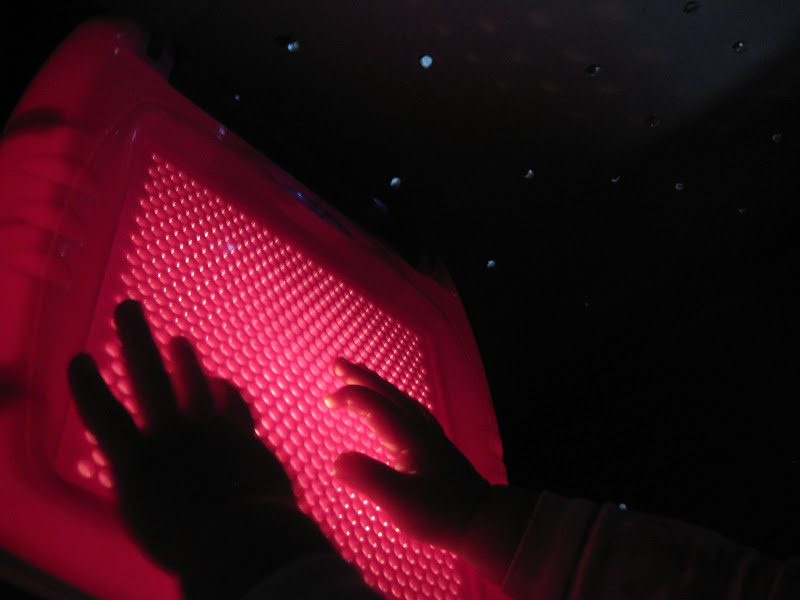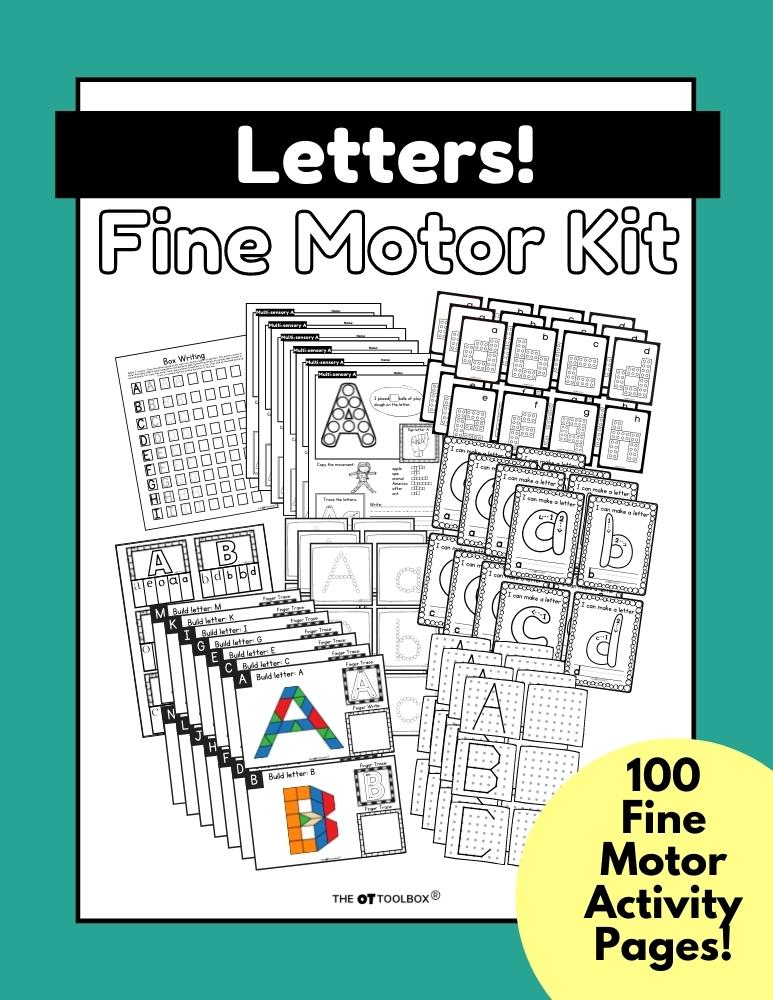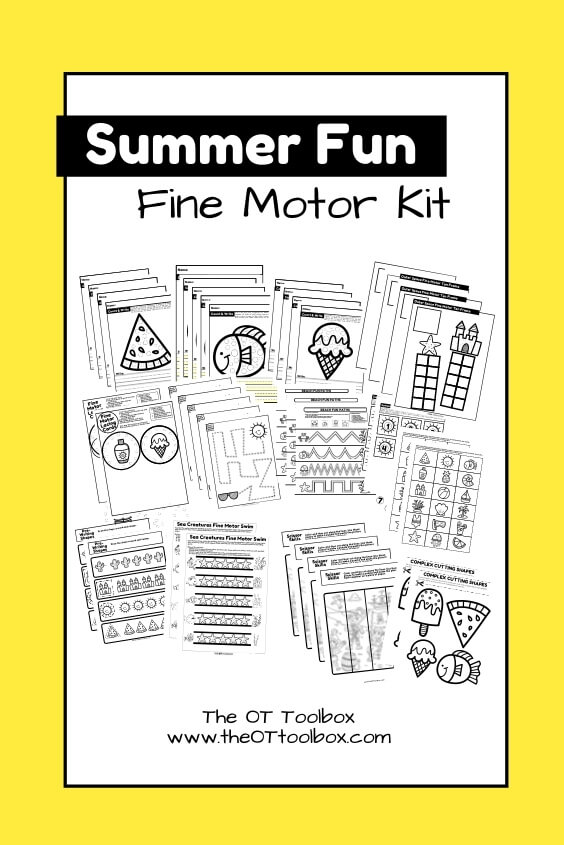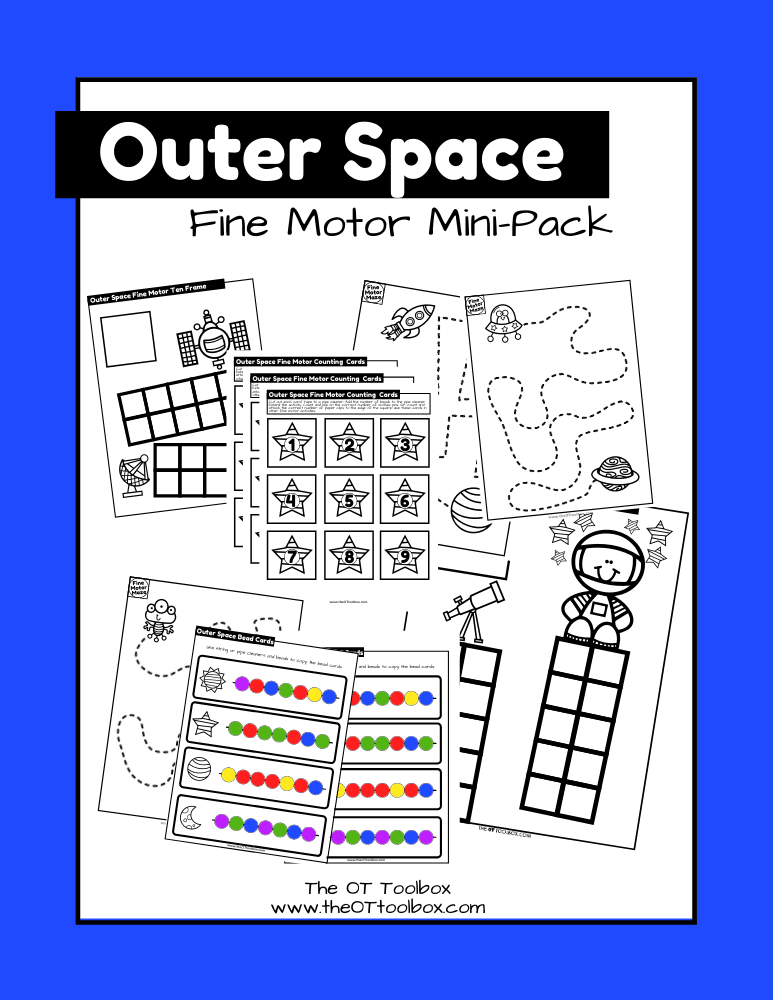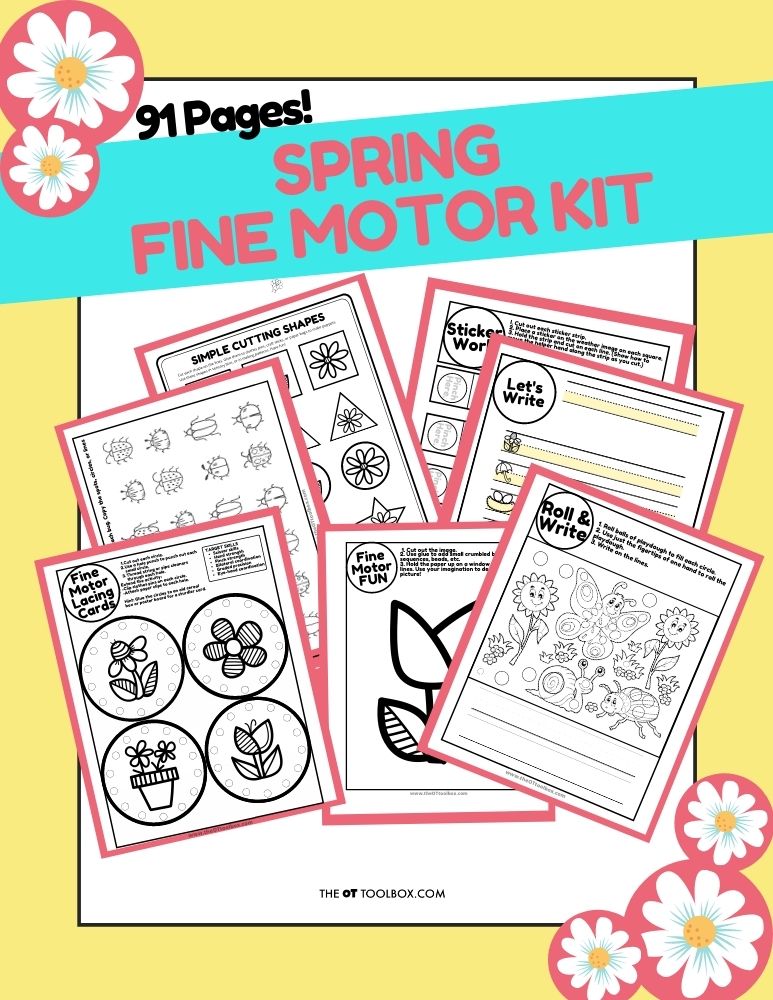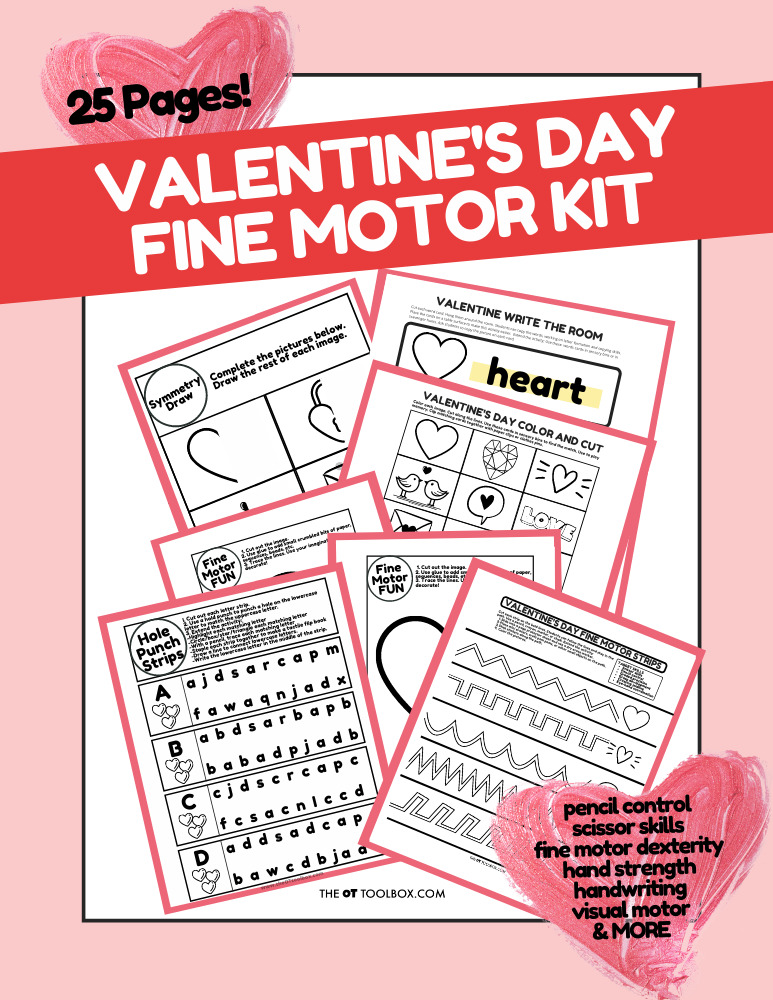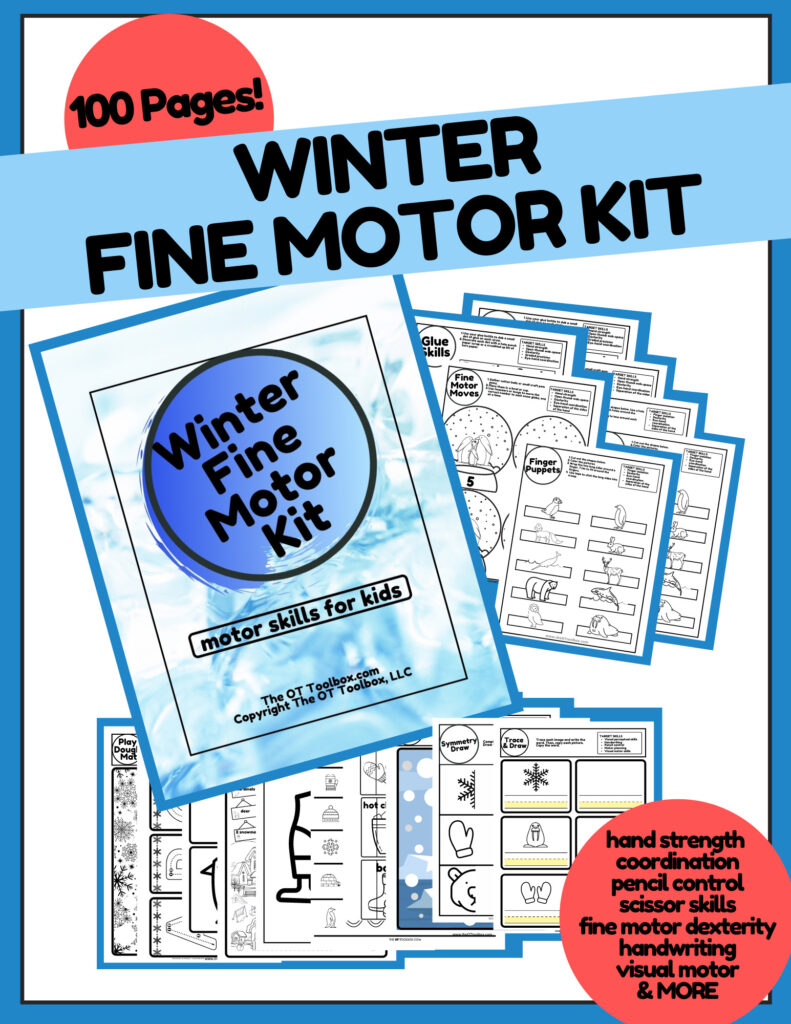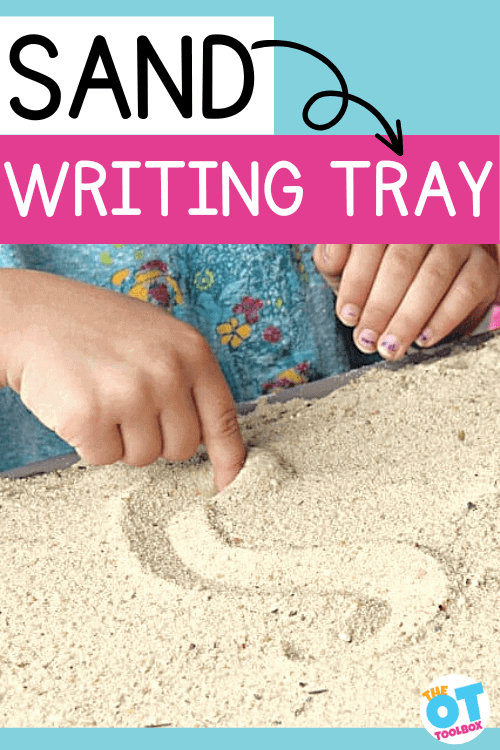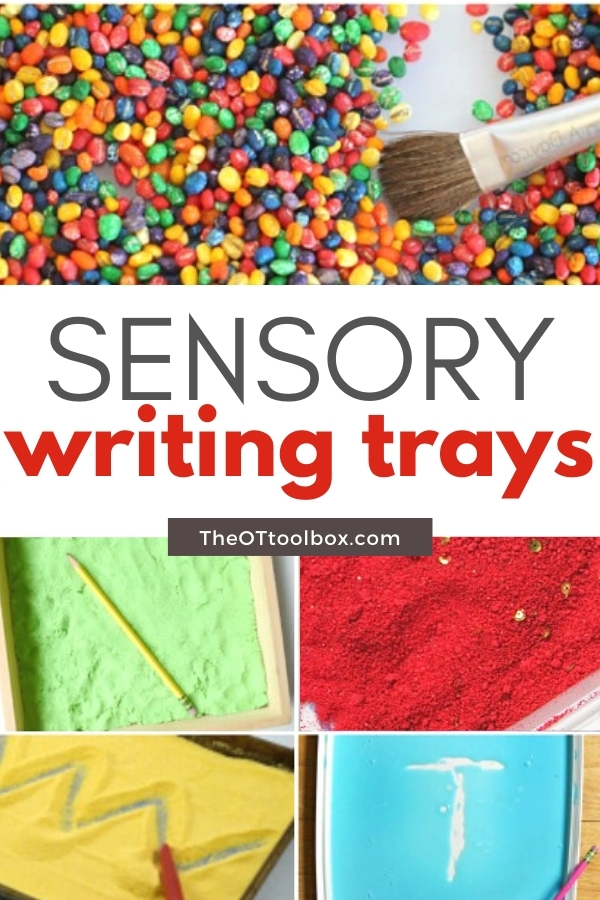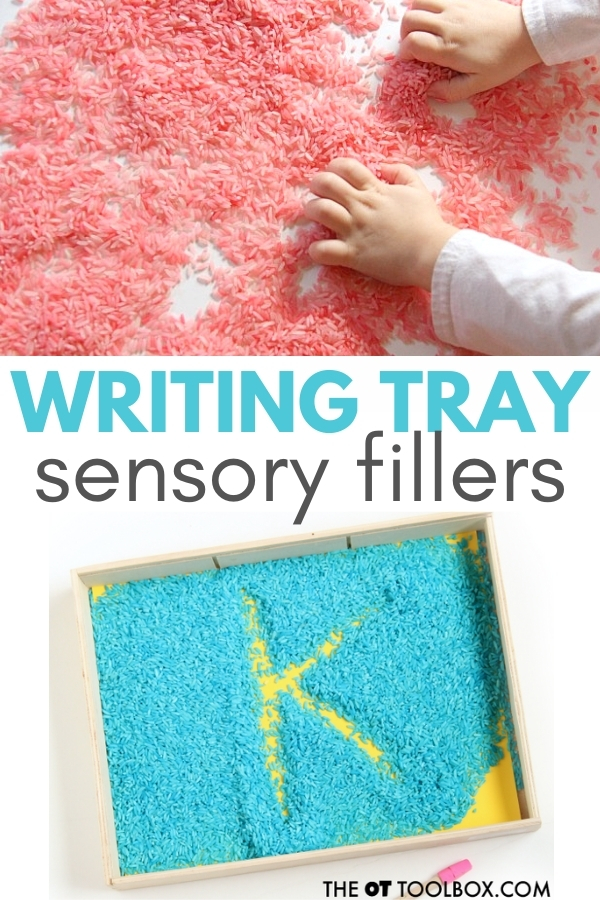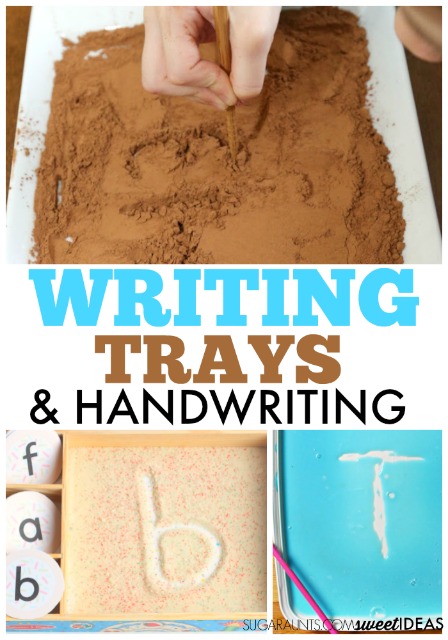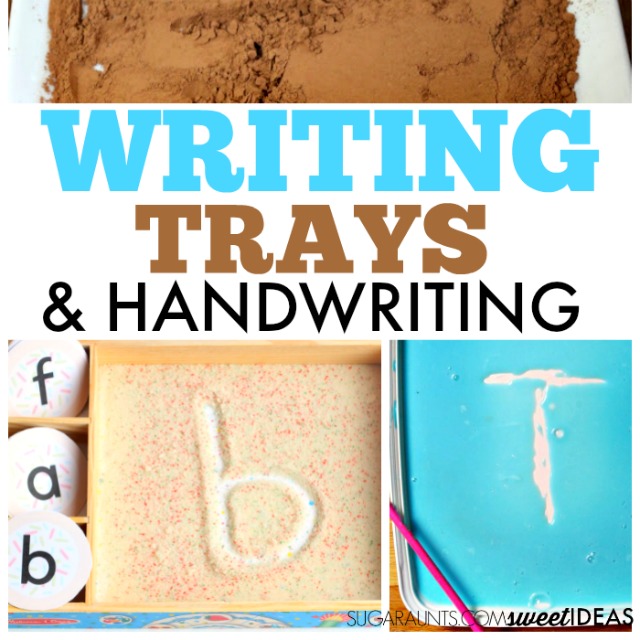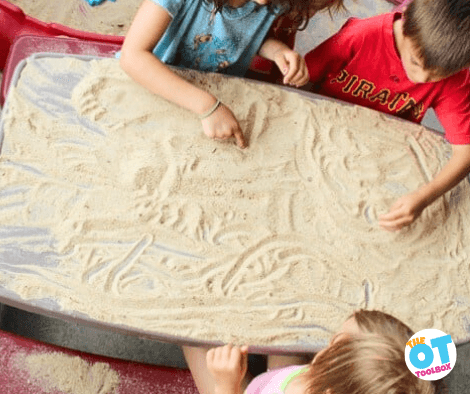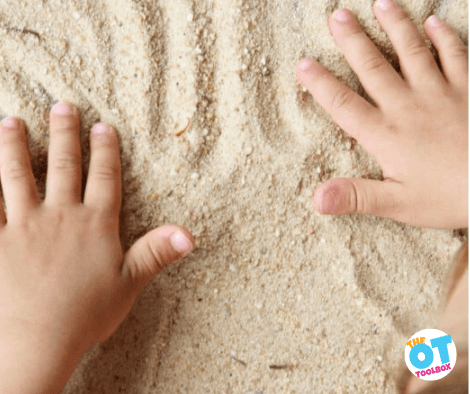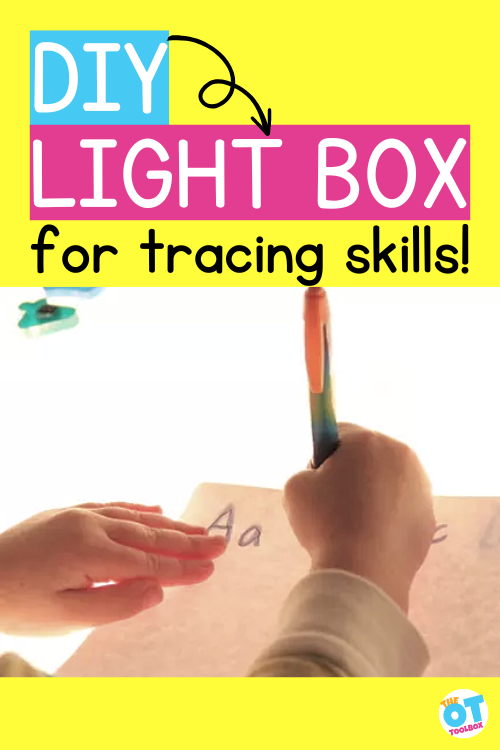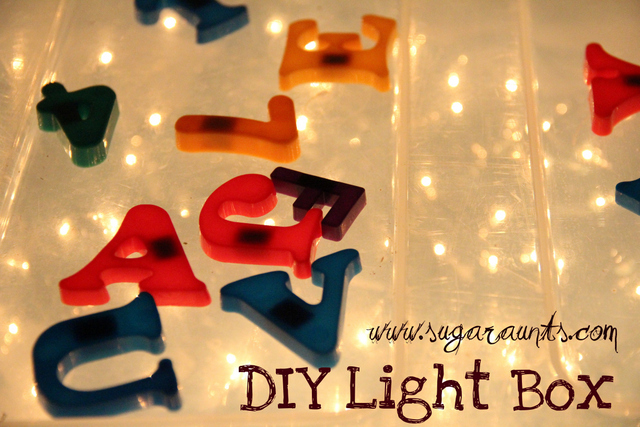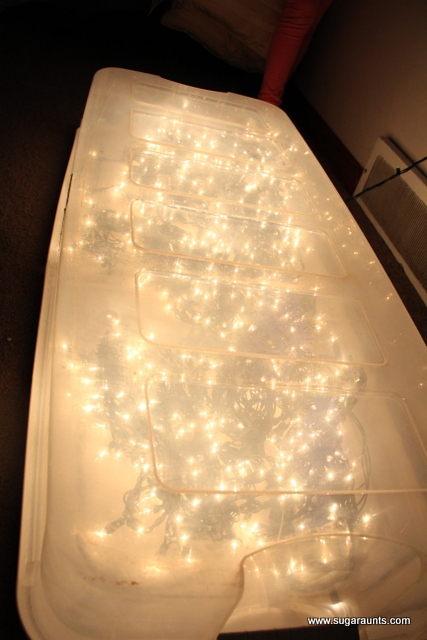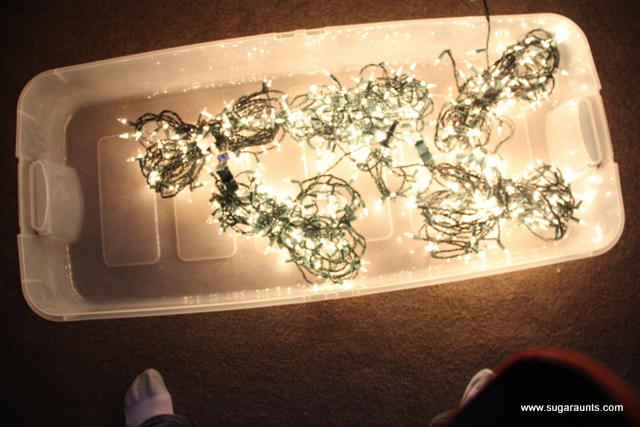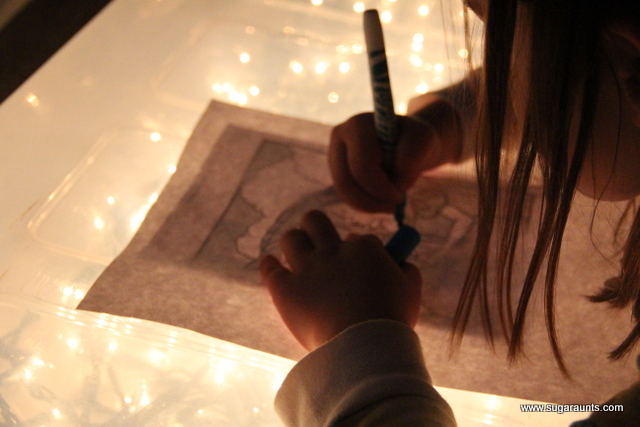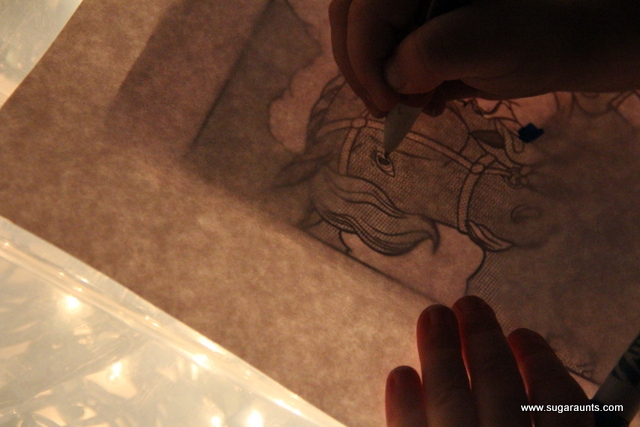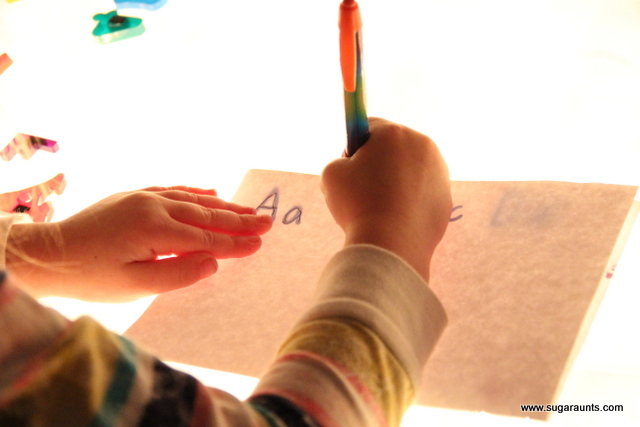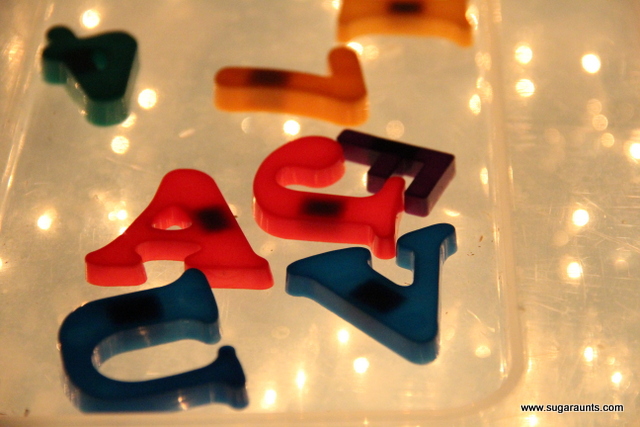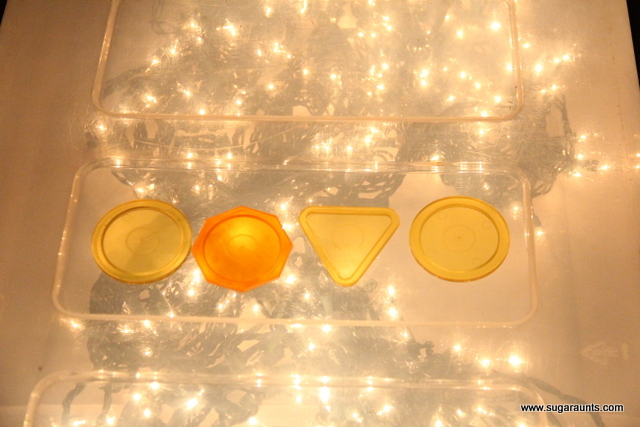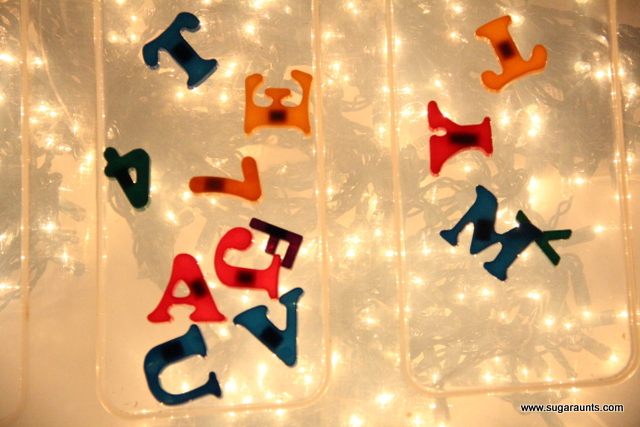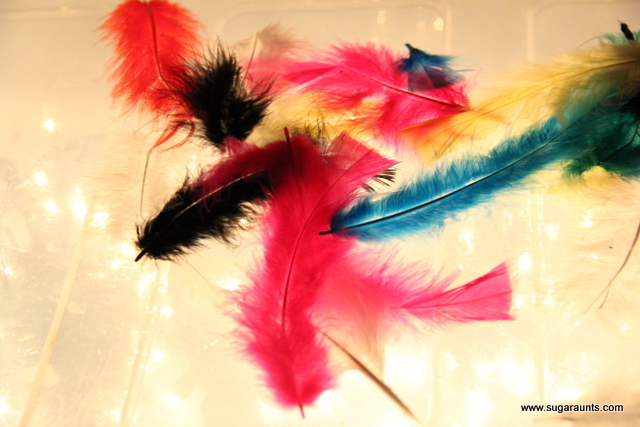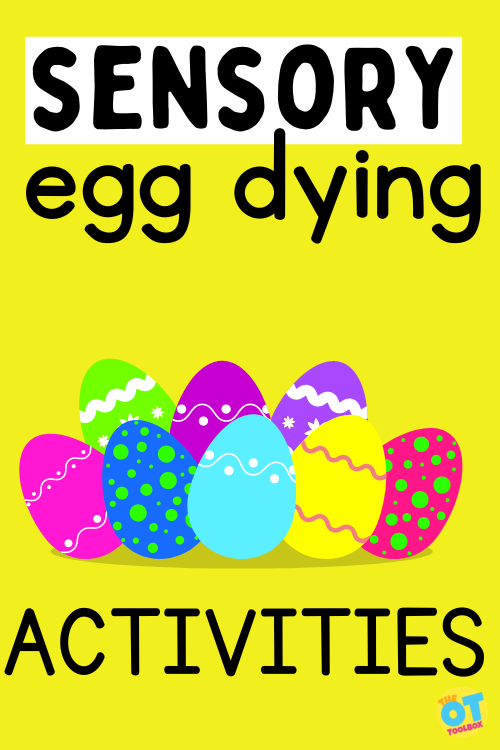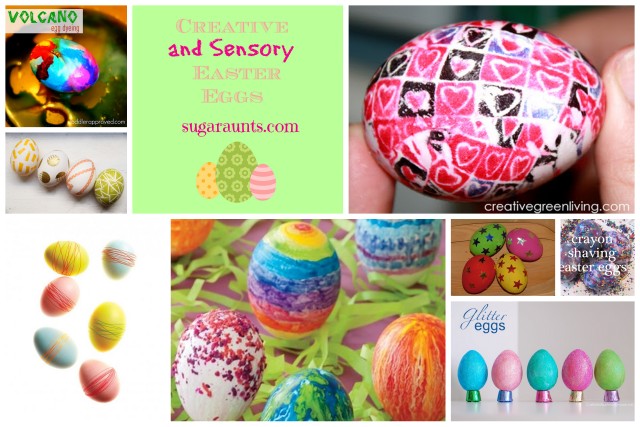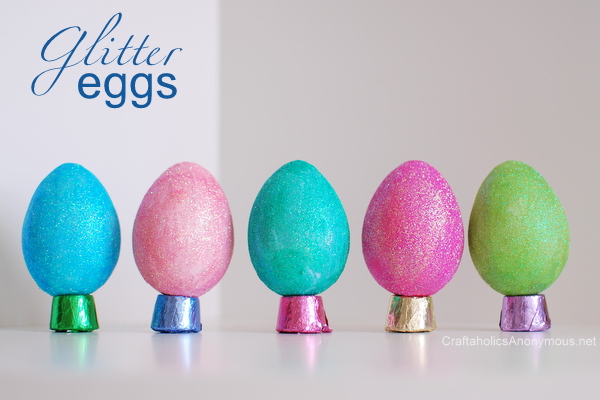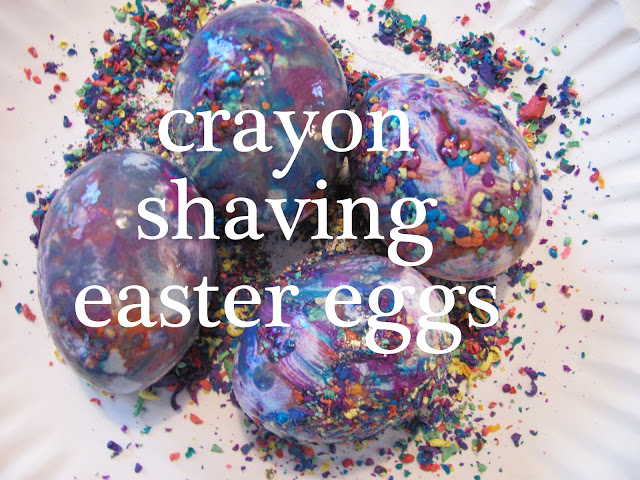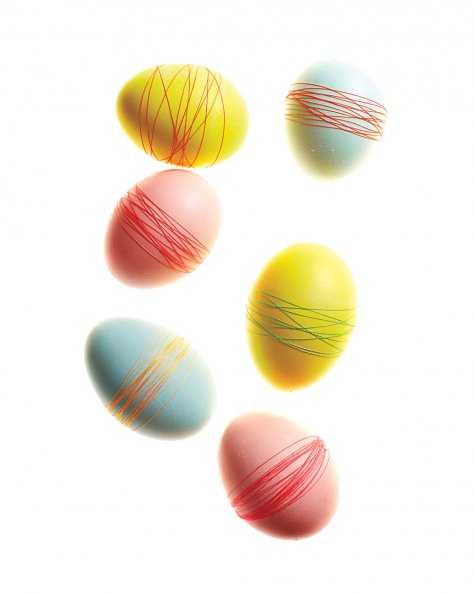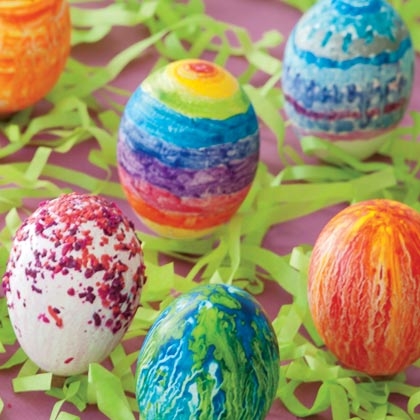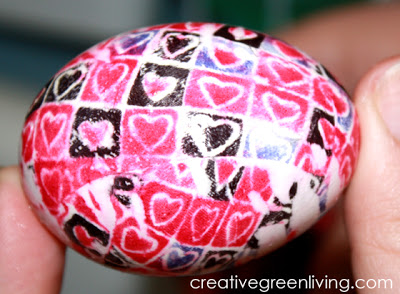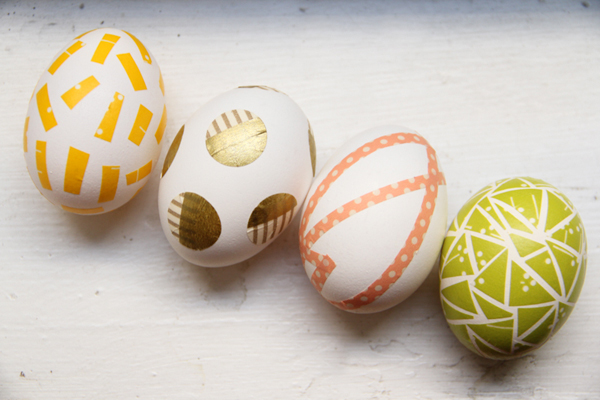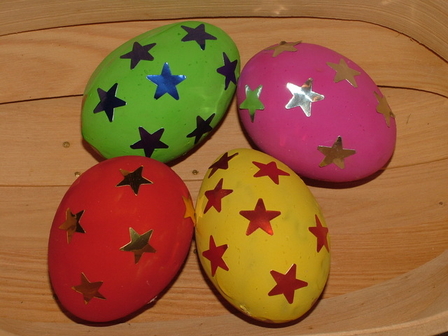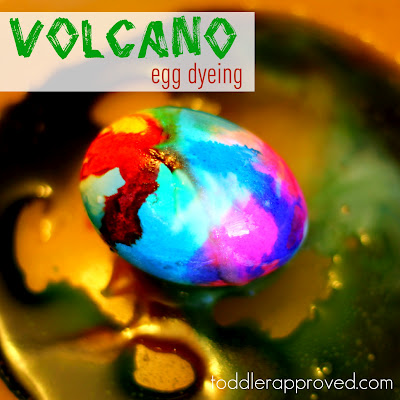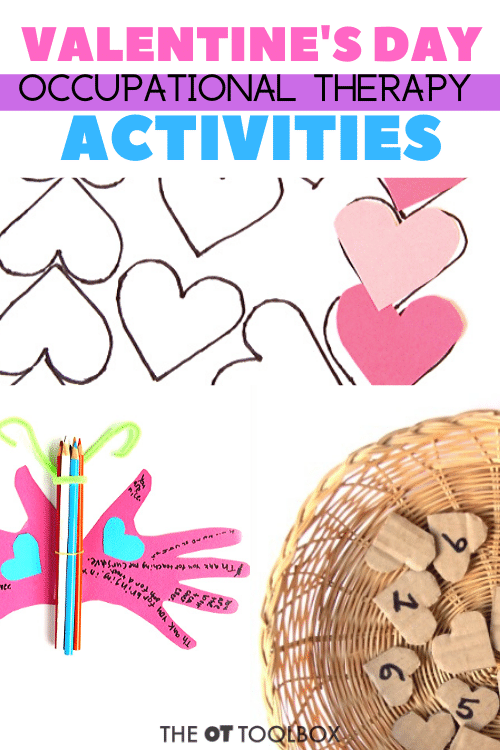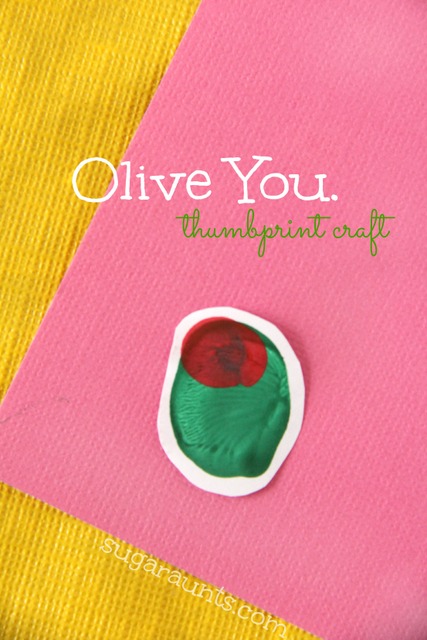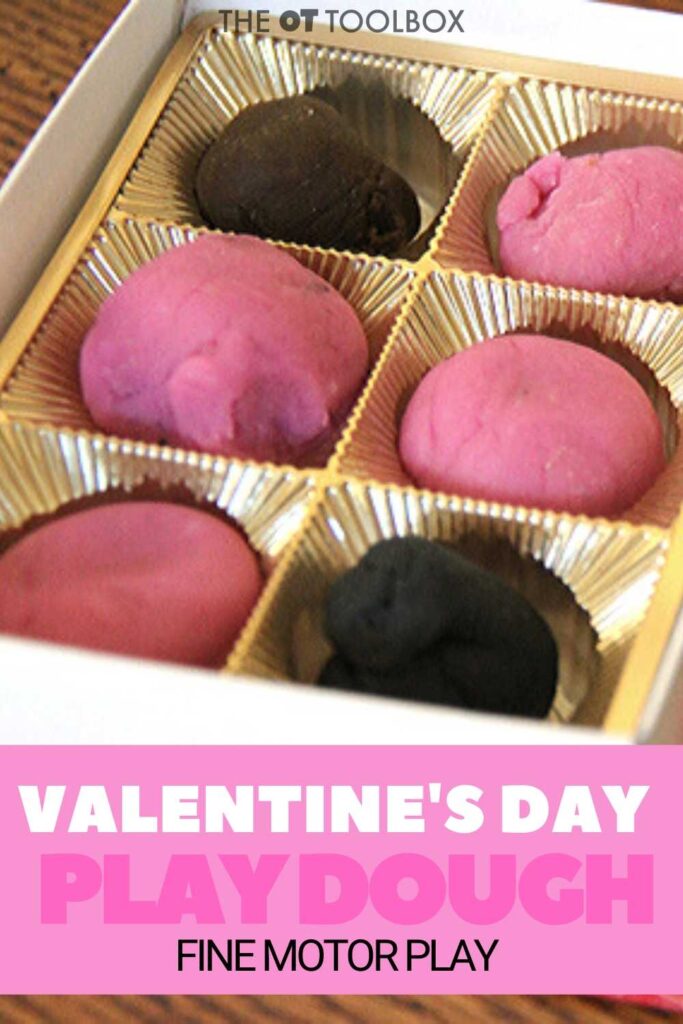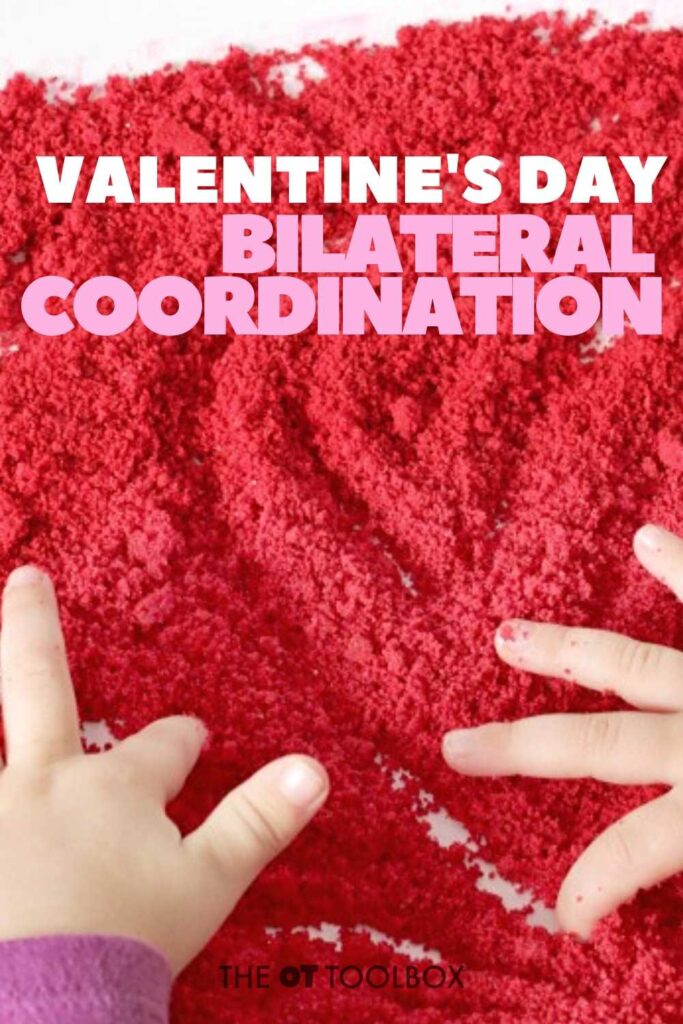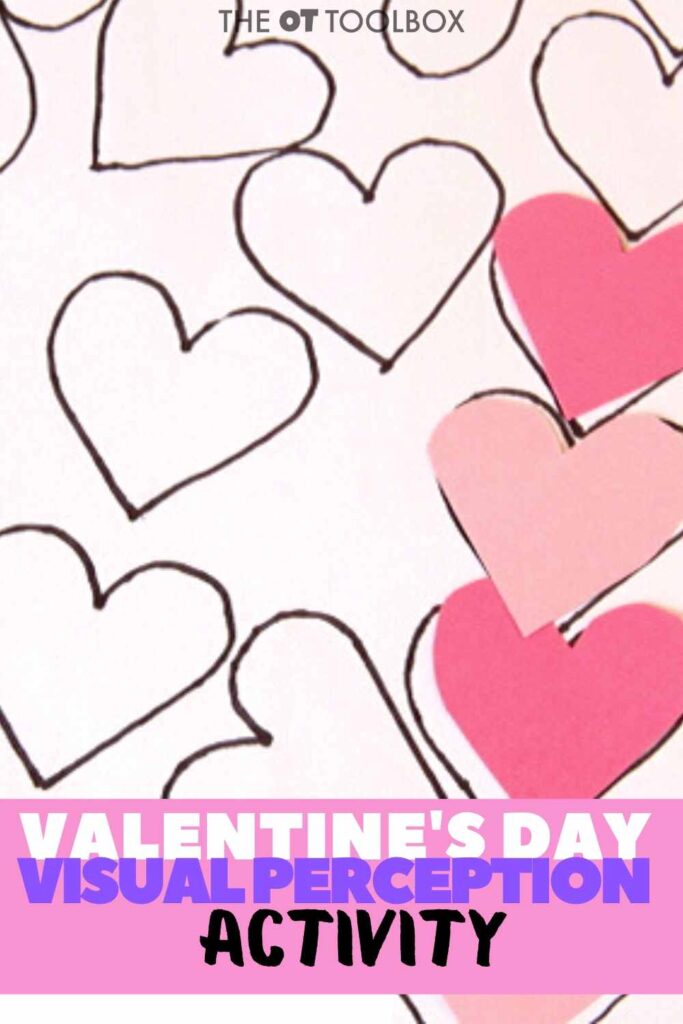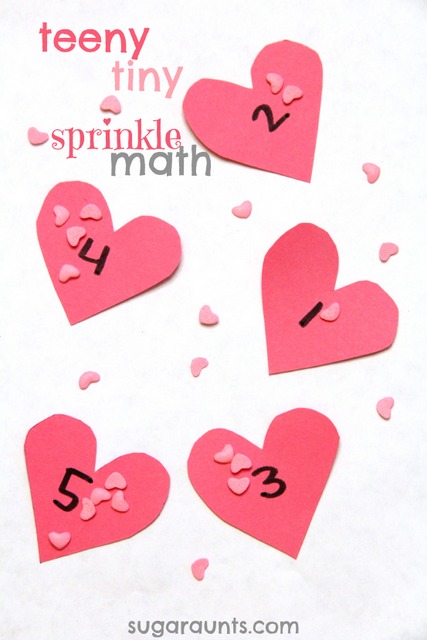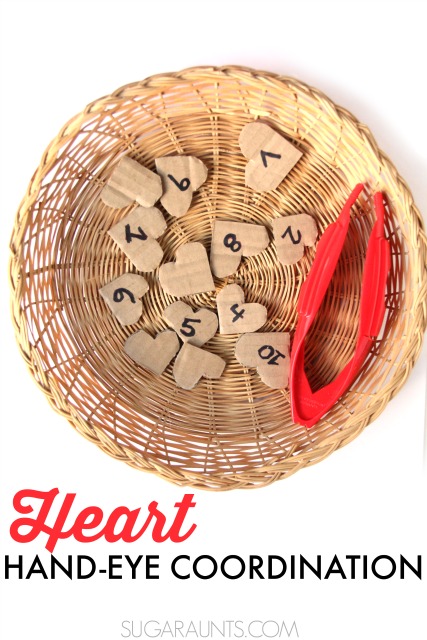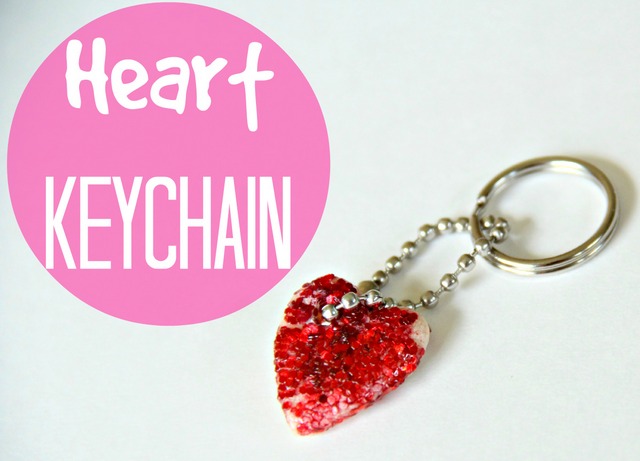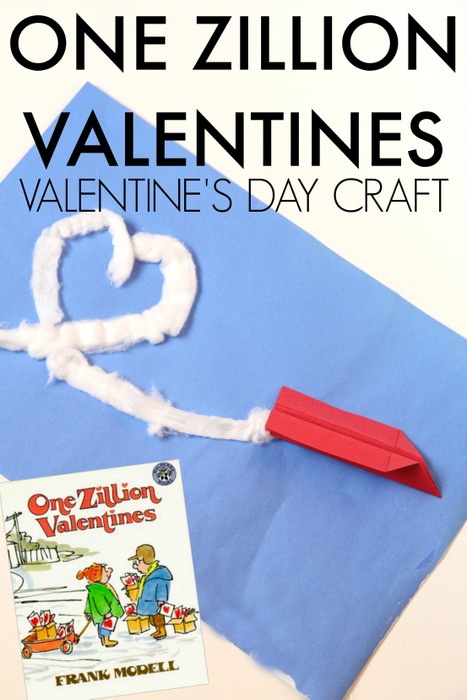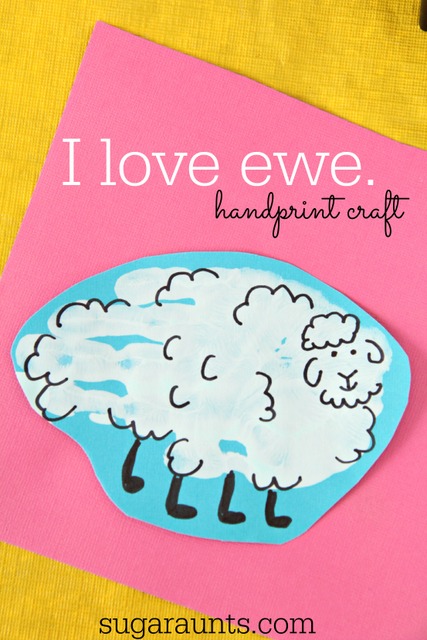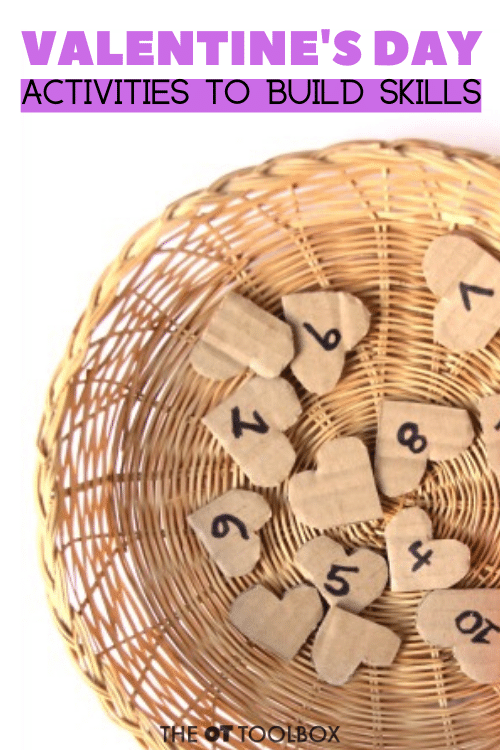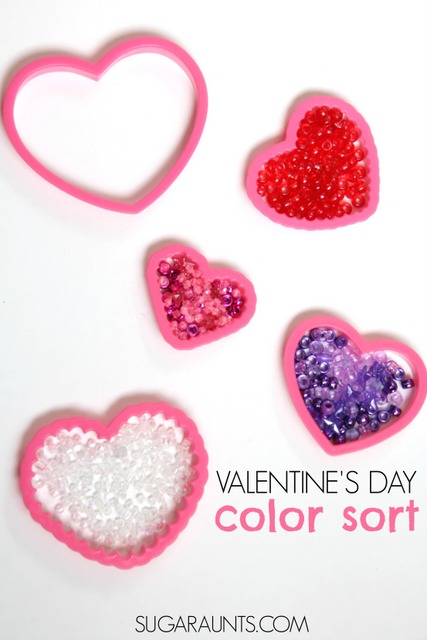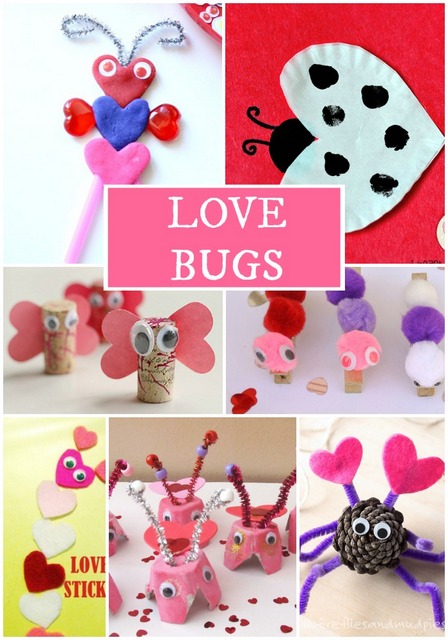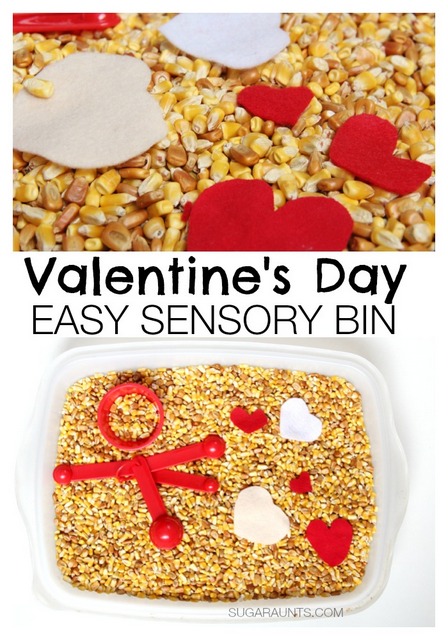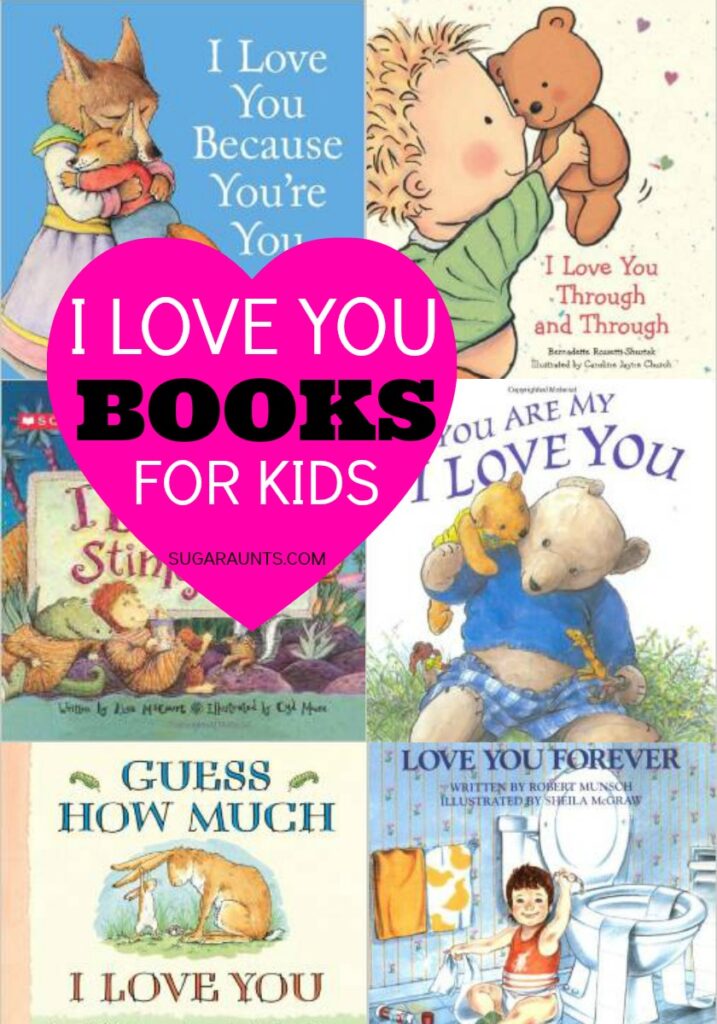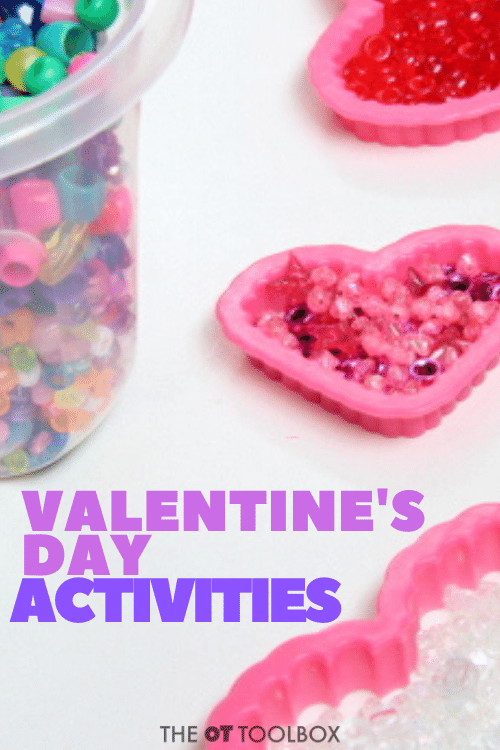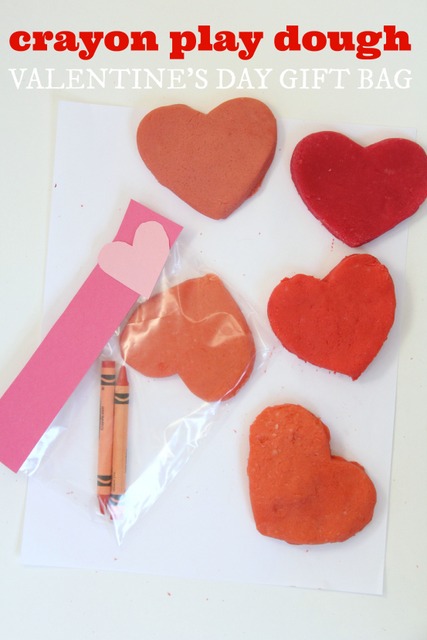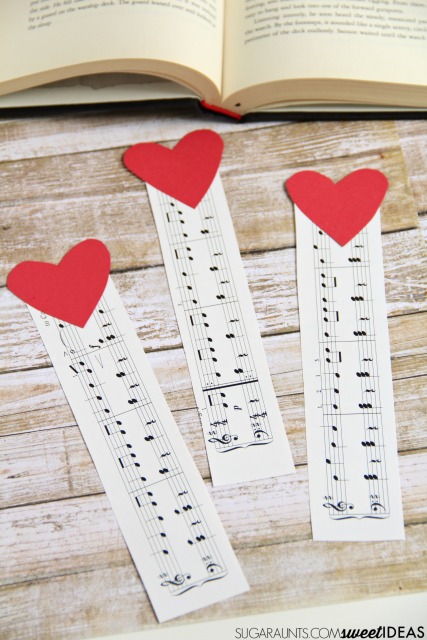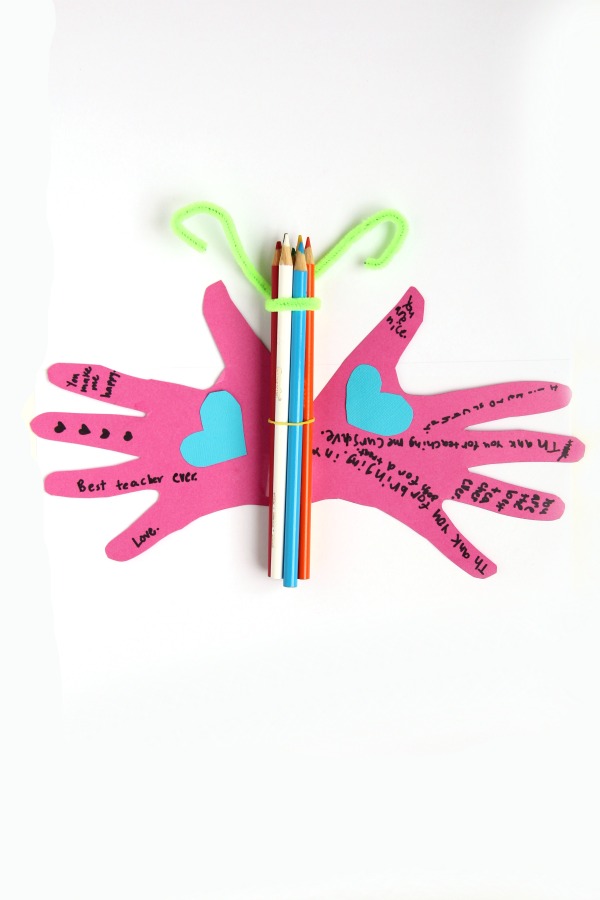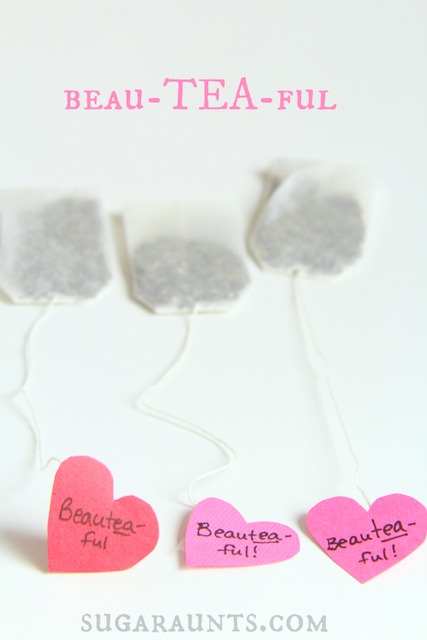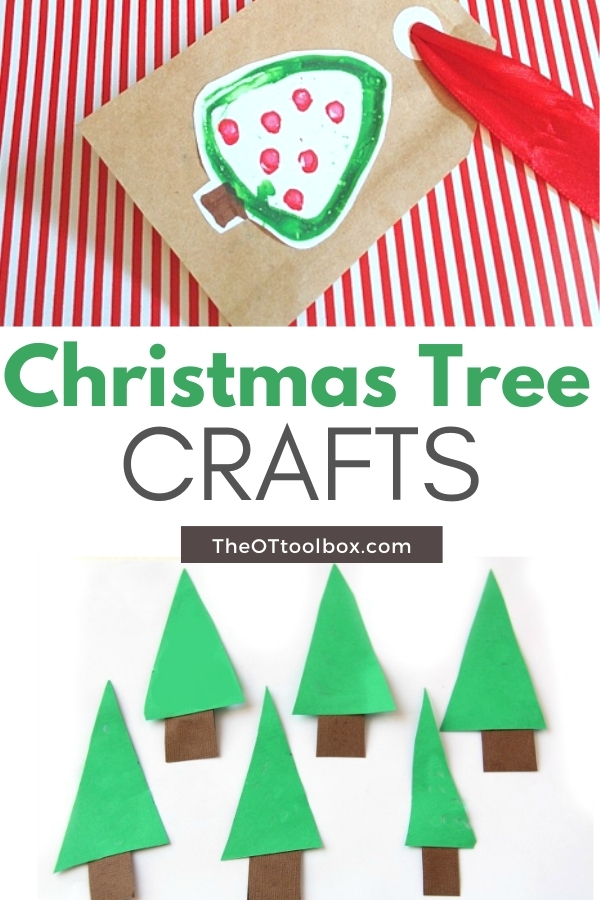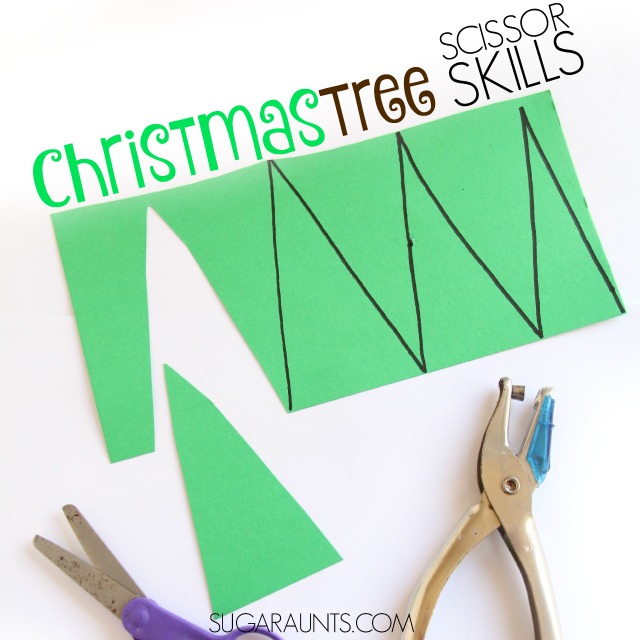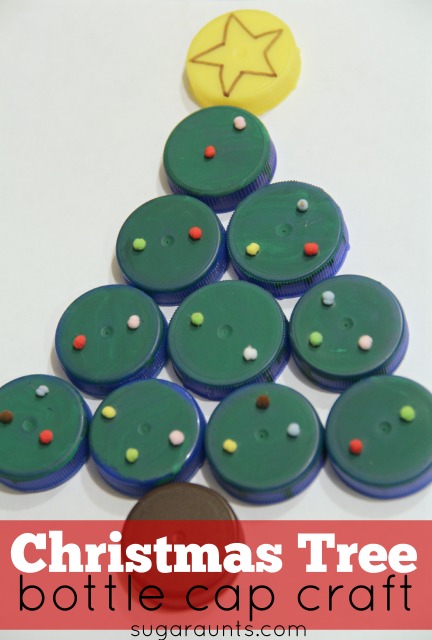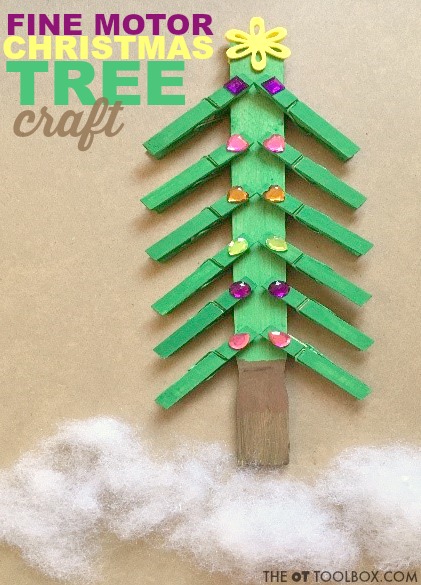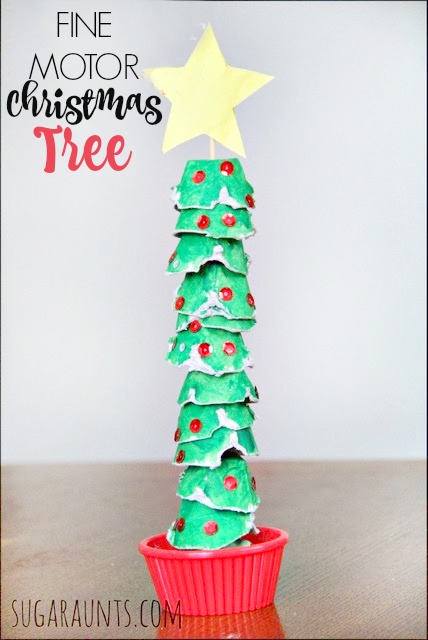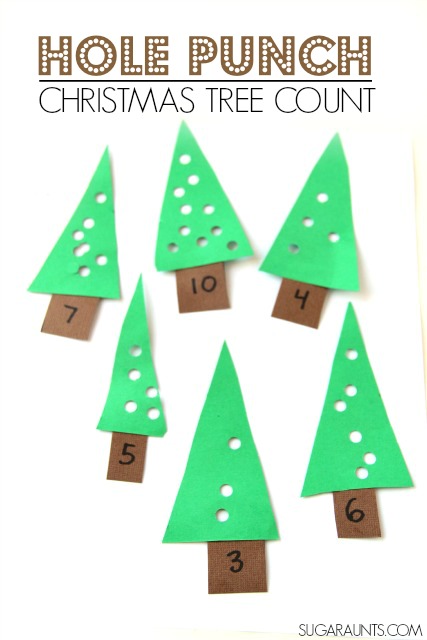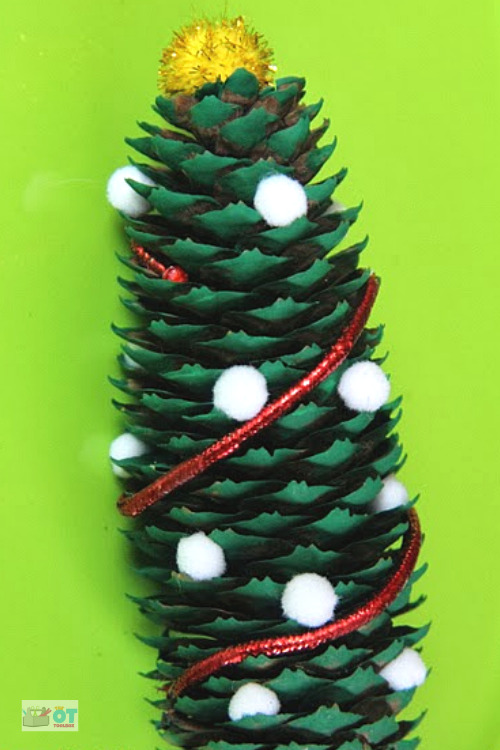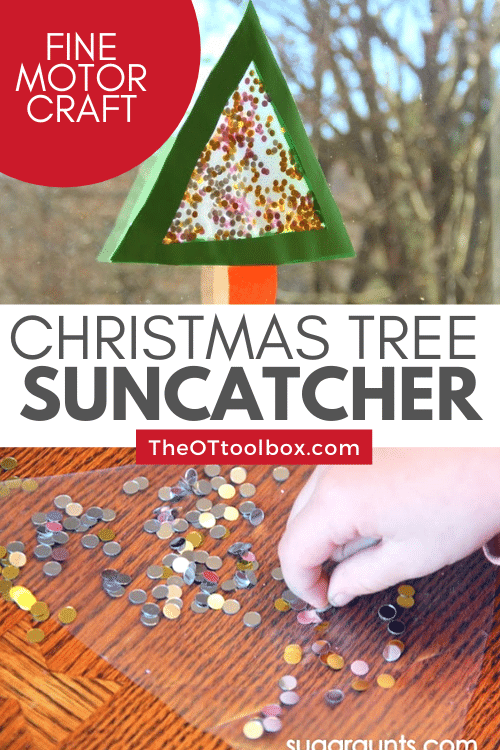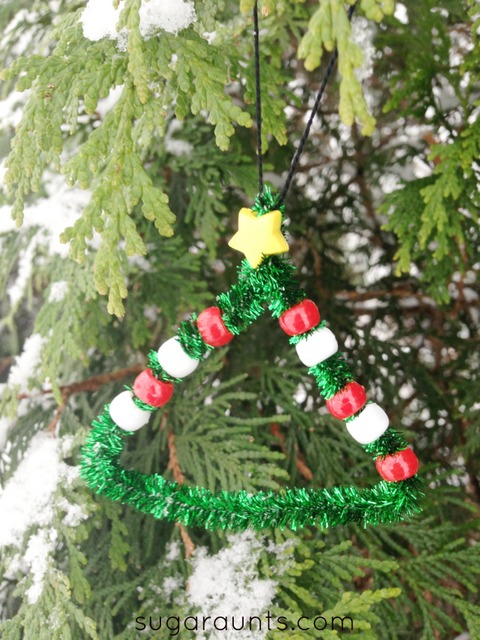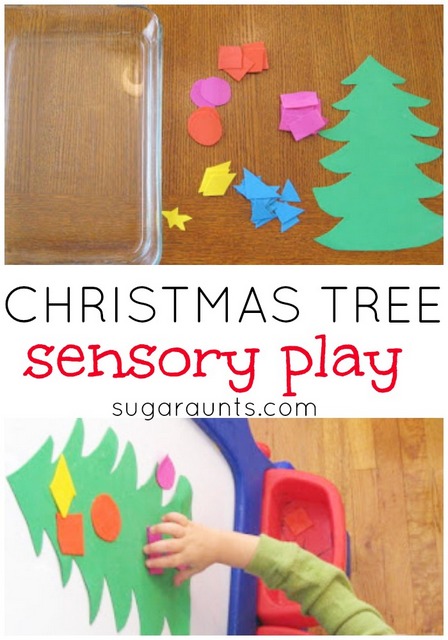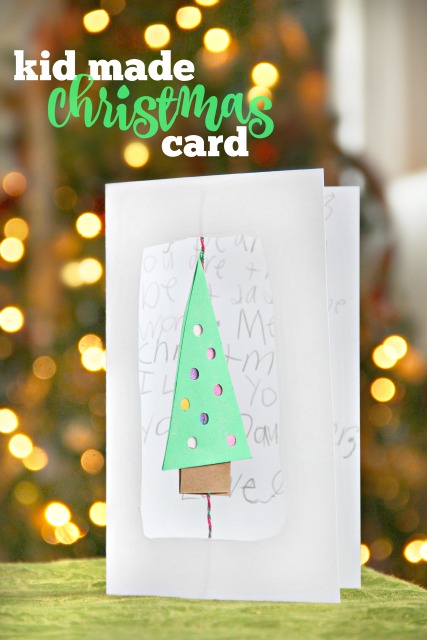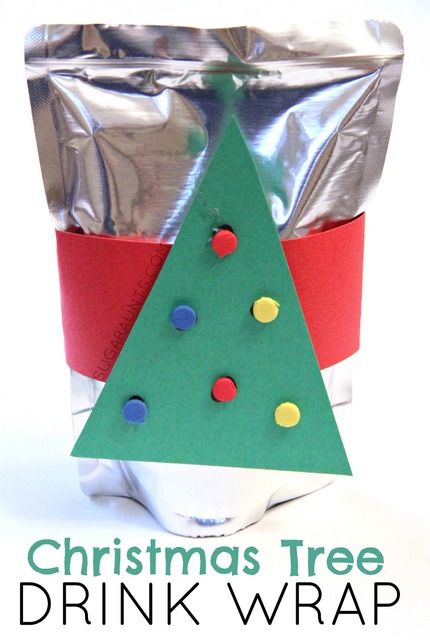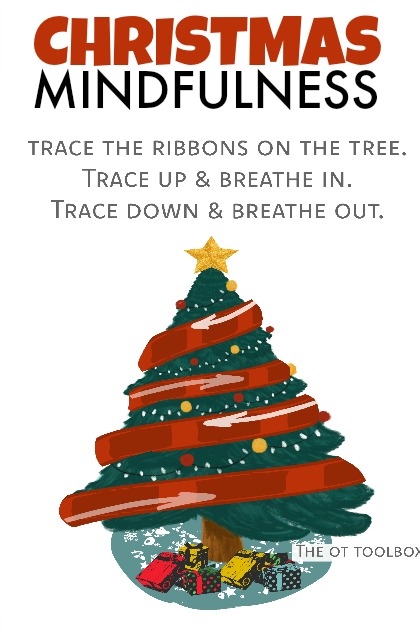For young (and old) children, a great calming classroom tool that supports learning, social participation, and school tasks is the calm down corner. A calming corner in the classroom can be a great sensory strategy to support emotional regulation needs in students. It’s a place to calm or re-organize in a personal bubble, meeting regulation needs so learning can happen. Let’s go over fun calm down corner ideas to support various regulation needs in the classroom.
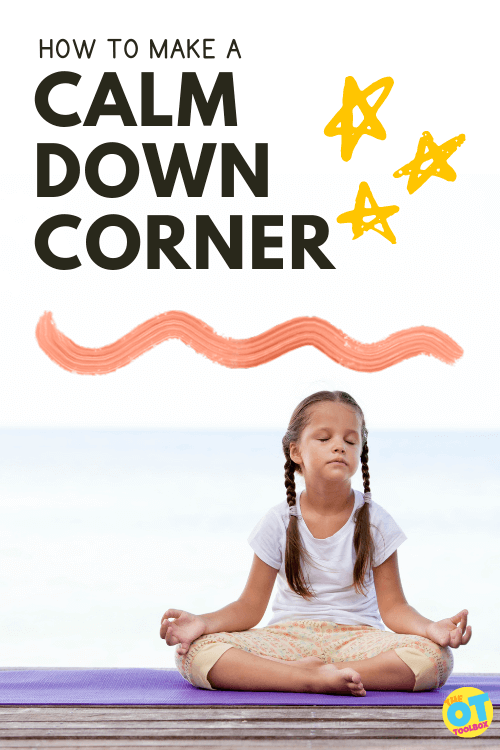
As an Amazon Influencer, I earn from qualifying purchases.
Calm Down Corner
A classroom calming area can include a variety of movement and sensory based activities or tools.
- A place to sit: A visual space for a child to sit in their calming area, that is large enough for one child only. This could be a bean bag chair, a cushion or a pillow. These soft spots will help make the cozy corner comfortable so children feel they can stay as long as they would like. There are so many options when it comes to Flexible Seating tools – bean bag chair, movement seat, deflated beach ball seat, couch, soft chair, floor mats, large pillows
- Soft surfaces – yoga mat, gymnastics mat, or soft rug
- Headphones – with or without music, sound machine
- Visual schedule of sensory strategies
- Emotions Playdough mats can be a great tool for a calm down corner.
- Things to look at – books, magazines, pictures, lava lamp (refrain from electronics that have a screen, as they are alerting)
- Calming corner printables and other visual calming strategies – Check out these calming sensory stations for Spring
- Timer – visual timers with countdown options are great
- Preferred sensory items such as tactile toys, chewing items, plushies, fidgets, etc.
- Books: Looking through picture books of all kinds, helps to give children something to do, while keeping their minds calm. Most of the time that children are interested in using a cozy corner, is when they are feeling overwhelmed. These Zones of Regulation books that talk about different feelings and support regulation and processing through feelings such as sad, scared, angry and more. These empathy and friendship books are another tool to consider. Place the books in a basket or a shelf for easy access.
- Emotional Supports: Visual and tactile supports help people of all ages, but it is essential to have a visual space in the classroom for preschoolers to retreat to when they need time to calm down. Soothing Sammy makes creating this area simple and makes it a positive experience for children. This adorable golden retriever has his calm down house which can be placed in the cozy corner, with items that help children calm down using their sensory system. As they calm down, they can use the visuals included in the kit to explain to other children and adults how they are feeling and what they need support with.
- Stuffed Animals or Baby Dolls: When feeling lonely, sad, scared or overwhelmed, having access to baby dolls or adorable stuffed animals makes the space less lonely. Additions such as baby doll blankets, bottles and other caretaking tools, allow children to comfort others as they work on comforting themselves.
- Personal space: Adding a privacy cover or even simply a boundary to the cozy corner space helps children not to be distracted by other aspects of the environment. Placing fabric, cloth or other child-safe covers over the cozy space allows children to feel like they are in charge of their own space. Some child care centers place the cozy areas in small tents, (Amazon affiliate links) canopies (affiliate link) or wooden privacy cube like this one. (affiliate link)
- A feelings check in could be a great addition to this space. The child could enter the calm down area and identify how they are feeling and then use strategies to support those needs.
This list is just the beginning! A calm down corner can include any item from the list above or classroom sensory diet strategies, based on the needs of the individual student.
This article on supporting self regulation in preschoolers offers valuable information on this topic.
Calm down corners can be quiet soothing areas to decompress for certain learners, while others need a more active calm down area in classrooms.
How to Add movement to a calm down corner
There are many different ways that children can calm down. Movement is one of the most beneficial and complicated ways to manage feelings and emotions.
There are two different types of movement patterns that support the sensory system.
Both of these types of movement activities increase awareness of where a body is in space, calms the central nervous system and regulates emotions in an amazing way. Movement is complicated as it can be alerting and calming. Picking the right activity for the desired outcome is tricky, but effective.
Help your learner understand what they need for self regulation, rather than bouncing all over the calm down corner.
How is movement calming?
Have you noticed that children seem to pay attention longer after moving around for a while? This isn’t just because they are tired after completing an active task. Children and adults are able to attend for longer periods of time when movement breaks are embedded into their daily schedules due to the sensory benefits it provides.
For adults that have desk jobs, it is widely known that every 20 minutes, they should stand up. This not only helps blood flow, but also awakens the body. When children are engaged in circle time, implementing movement based activities within circle (like freeze dancing, jumping and marching) is beneficial to improving attention.
Movement has many benefits, including helping calm down when feeling overwhelmed with emotions.
When the sensory system becomes overstimulated due to internal feelings and frustrations, some people are quick to seek out movement activities to calm down. Adults may go for a walk or run, chew gum, lift weights or kick a ball. This strategy directly affects proprioceptive input.
There are many ways the body processes movement. This impacts the central nervous system in different ways.
- Proprioceptive inputs is one of the ways the body processes movement. It tells the brain where the body is in space. Proprioception is guided by skin, muscle, and joint receptors in the body, to connect to the brain through the nervous system. In this way, a person knows where their body is in space, and what the body is doing, without needing to watch the body parts move. A great example of proprioception, is being able to walk down the stairs without looking at ones legs or feet
- Heavy work, or tasks that involve heavy resistance, offers input to the muscles, joints, and connective tissue, and is essential to regulating the sensory system
- In this article on neuroplasticity, evidence suggests the sensorimotor cortex that governs proprioception is not fixed, and can be changed through external manipulation.
- Vestibular movement, like proprioception, also helps alert us where our body is in space. This system operates through the inner ear, passing information to the brainstem, affecting many areas of the body. If a person starts jumping, rocking to music, or dancing to calm the body, it activates the vestibular system. This article on vestibular activities does a great job explaining this system.
more about the vestibular system
Receptors in the inner ear, found in two structures (the otolith organs and the semicircular canals), respond to linear/angular/rotational movement, gravity, head tilt, and quick movement changes.
The receptors in the ear, provide information to the central nervous system about the body’s position in space. Information is used to:
- control posture, eye, and head movements
- correct the eyes with head and body movements
- muscle tone and postural adjustments
- perceive motion and spatial orientation, and integrates somatosensory information
Through the vestibular and proprioceptive systems, the body processes information about where it is space, interprets movement patterns, and recognizes touch and joint pressure. These senses greatly impact the ability to calm down by triggering pressure points through movement (such as rocking or swinging).
When a child (or adult) becomes upset or overwhelmed, it is helpful to utilize the vestibular and proprioceptive systems as intervention tools. This helps a person calm and self regulate, in order to process their feelings and problem solve.
Because children often need sensory strategies to self regulate, having a designated calm down area set up in the home/classroom makes redirecting children to the appropriate calming activities much easier.
The Soothing Sammy program is a great way to encourage children to take part in creating their own calm down corner through a story about a dog, Sammy, a golden retriever. As children help build Sammy’s calm down area to use when overwhelmed, they are gently taught that it is okay to have a variety of feelings. As children look through the book, they learn how to use objects in their calm down corner when needed, including drinking water, wiping their face with a cloth, jumping on a small mat (proprioceptive and vestibular input) and much more.
There are so many items that we can add to a calm down corner and every calm down corner will be different based on individual children’s needs. In the Soothing Sammy curriculum, there are recipes for lavender bubbles, slime, tactile fidgets, paint, and others.
Proprioception Calm Down Corner Ideas
Here are some great proprioceptive strategies to include in a calm down corner:
- Calming Corner Printables- Print off the sensory stations listed below. These support heavy work needs (and vestibular input)
- Jumping mat or small trampoline. When children jump, they put pressure on their joints
- Weighted blanket. Weighted blankets provide deep pressure over the entire body, making this activity one of the an effective whole-body proprioceptive strategies to help children calm down
- Watering plants. Lifting a watering can, can impact joints all over the body. As children stoop down to pick up the watering can, moving it over plants of different heights, they are getting great input
- Weighted ball. Lifting and rolling over a weighted ball increases proprioceptive input in the hands, arms, shoulders, and core.
- Play Dough. Squishing, squeezing and pulling apart playdough or clay, increases proprioceptive input in hands and small joints.
Some of these activities can be alerting or calming, therefore some trial and error may be needed.
Vestibular Calm Down Corner Ideas
Movement with changes in positioning can be calming as well. Think slow, rocking movements. Here are some Vestibular strategies to include in a calm down area:
- Farm Brain Breaks – These simple, yet fun activities, provide visual ways to complete vestibular activities
- Calming Corner Printables- Movement like yoga poses or those offering brain breaks can be just the calming input needed.
- Swinging – Help your child move and sway in different directions with an indoor or outdoor swing. A Sensory Swing for modulation is an amazing way to provide an option to swing in a home or preschool setting
- Trampoline – Provide a small trampoline for your child to jump on. (Amazon affiliate link:) This toddler trampoline with handle is perfect for indoors spaces
- Dancing – Any type of movement to music, including freeze dancing or shaking instruments (such as a tambourine, bells, maracas) or using scarves, are wonderful additions to a calm down corner
- Yoga Poses – There are several themed yoga poses perfect for children. Add a yoga book or cards like these Unicorn Yoga Poses to any calm down area
calming corner printables
One tool to add to a calming corner or calming space is a printable that offers a visual designed to promote calming and organizing self-regulation. These calming corner printables are easy to print off and start using right away.
Over the years, we’ve created seasonal sensory paths, or sensory stations that support regulation needs. We’ve received wonderful words of thanks and feedback letting us know how loved these sensory stations have been.
Check out each of these seasonal calming corner printable packets. Pick and choose the ones that support your needs in the classroom, therapy clinic, or home:
- Summer Sensory Stations
- Fall Sensory Stations
- Winter Sensory Stations
- Christmas Sensory Stations
- Spring Sensory Stations
Additionally, other calming corner printables might include deep breathing posters. We have many free deep breathing exercises on the website, including:
- Rainbow Breathing
- Clover Deep Breathing
- Oral Motor Bunny Exercise
- Outer Space Deep Breaths
- Pencil Breathing
- Football Mindfulness Exercise
Finally, a brain beak printable like our popular alphabet exercises makes a great wall poster for a calming corner of the classroom.
Keep in mInd about setting up a calming corner in classroom
Calm down areas should incorporate all the senses, as every mood, trigger, situation and response is different. Equally important is the co-regulation aspect, which relates to responding to the mood and behavior of those around us, or the peers that may be present in a classroom or home setting.
By utilizing a variety of calming tools in a calming corner, or calm down space within the classroom, children will be able to identify what they need, the moment they need it, while still engaging in active learning.
It can be daunting and complicated providing for the needs of all of your different learners, however, by incorporating vestibular and proprioceptive materials in a calm down corner, children are able to use these powerful movement strategies when they need them the most, all while taking a multisensory approach to academics.
Sensory Corner
We’ve covered ways to set up a calming area, but what if you really want to feature the cozy aspect of a sensory space in a classroom or home? A sensory corner is very much the same concept, with different terminology. The key to a calm down space is incorporating sensory components within these areas.
Research shows that having a designated space for children to have alone time in, during their school day, is a way to support emotional development and independence, while also teaching children that it is okay for their friends to take a break.
When combining visual, tactile and other sensory components into the design of a cozy area, children will independently seek it out when they need a break from their peers.
in the classroom is a cozy or quiet space for one child to spend time independently when they feel like they need a break from the regular commotion of a preschool day. This area can be used to take a sensory break, to calm down when they are feeling upset or overwhelmed, or to just take a break.
This area should be accessible for all children at any time of the school day. This area is best used when it is at the child’s level, is situated in an area of the classroom that is far away from the busier/louder areas of the classroom, and includes sensory supports to encourage calming and peaceful experiences.
Whatever you call your safe space, and however you set it up, what matters most is your intention.
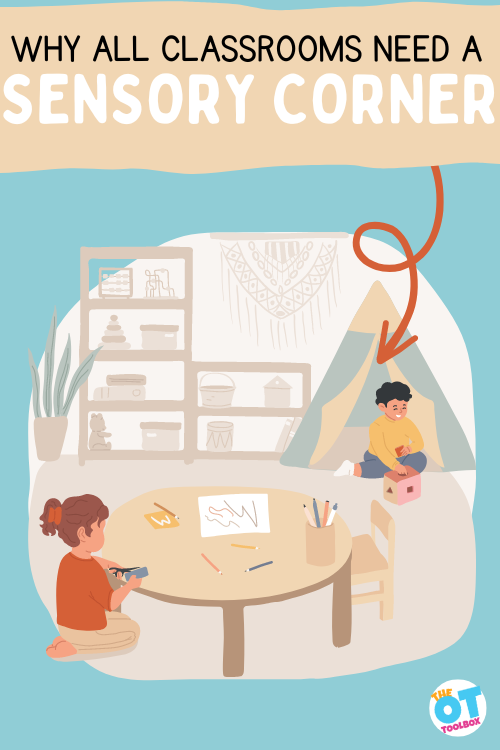
Why Use a Sensory Corner?
A calming corner or a sensory corner may be used for many various reasons.
There are hundreds of reasons why children might need to take a break from other children in the classroom. They may feel sad, overstimulated or just need time to recharge.
This may include:
- Feeling overstimulated in the classroom
- Overwhelming feelings
- Needing to recharge or refocus
- Having a bad day
- Changes in routines
- Feeling “out of sorts”
- Worried about a home situation
- Worried about a friend situation or social situation
- Worried about a test or project in the classroom
- Sadness about home situations
- Missing family or pets
- Not sure what to expect or what is expected of them
Remember that the goal of the sensory corner is to offer a safe space, or to give children a place to calm down, feel safe, and regroup when they are overcome with big emotions at school.
One thing to consider is that a calm down area of the classroom can be effective at the start of the school year due to transitions in the classroom when a new classroom may mean a lot of unexpected sensory input. This is a great addition to back-to-school sensory activities that support students of all abilities.
Where to put a cozy area:
When looking at an indoor preschool classroom set up, there are many centers that are utilized by children throughout the day. The key is to avoid adding visual noise, or visual clutter when adding a cozy area to the classroom.
Some of the busiest areas include the circle time/gross motor area, the block area and the art areas. These areas tend to attract groups of children at once and aren’t the best spaces to put next to a calming area.
The library, dramatic play and animal/science areas, tend to be more quiet spaces in the classroom. Each of these spaces will support a calmer environment to build a calm down area. When deciding what wall or area to place the calm down spot, keep in mind the following environmental components:
- Is there a window nearby that will give off too much light?
- Are there large gross motor/sensory spots that are noisy?
- How many pictures are on the wall, and are they soothing?
- What are the colors of the walls by the calming area, and are they overstimulating?
- Is the space adequate for one child, or will more children try to encroach on their alone time?
- Can this space be easily visible by a teacher doing active supervision?
- Is this space near high traffic areas, like the entry door or bathroom?
Many spaces may feel like the perfect spot for a calm down space inside the classroom. You know your kids the best and where they spend most of their time. As the school year progresses, there may be times where you want to move your calm down area to a better spot, and that’s okay!
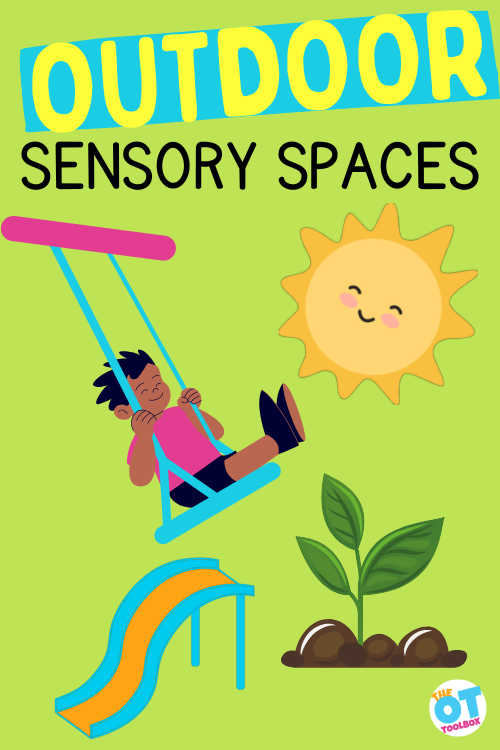
Outdoor Sensory corner Ideas
Don’t forget about the outside as an option for a calm down space! We know the many benefits of outdoors as a calming area, so simply going outside is a great option for calming the mind and body while organizing (or regulating) the sensory motor systems. The outdoors is one way to add free sensory motor options to the classroom.
We’ve covered outdoor sensory diets before, and this is a great article to start with when considering an outdoor sensory space for home or classroom use. In fact, we love to select specifics for the home too, when it comes to sensory diets in the backyard. Even the playground or recess is a sensory calm down space for some kids.
Kids need quiet spaces while they are playing outdoors also. When setting up an outdoor learning environment, make sure to incorporate some independent areas in a shady area of the playground. These spaces could be near the garden, near a book reading area, under a nice shade tree or near a swing. You can even add an outdoor sensory swing as a calming option.
When setting up an outdoor area as a sensory corner for classroom breaks, consider what science says: Research on outdoor sensory play tells us that playing outdoors supports development, but there are emotional benefits as well as benefits to learning.
Some components to think about when setting up your outdoor calm down area include:
- Is it sunny or shady?
- Is it near an area where children will be running quickly?
- Is it near a highly trafficked area, like a parking lot, walkway or door?
Quiet cozy areas should be available for children at all times. It isn’t a punishment corner, rather a space that children can “take a break” when they need it.
Here are 5 simple ways to incorporate cozy spaces outdoors so children have the opportunity to play on their own when needed.
1.Place to Sit: The first step to creating a safe space is for children to have a space to be on their own. You can create this in a similar way with an area rug or cushion like the indoors, or you can create something with more of a visual “splash” like these calming spaces in children’s swimming pools.
2. Gardens: Nature is a great accessory to a cozy nook area outside. Consider creating a cozy nook with a variety of plants. Adding trellis’s and arches where different vegetables and flowers and grow over a child’s safe space, incorporates natural colors and healthy foods into the safe space that children will spend their time. Sensory gardening is also a great option for a sensory break from the classroom that fosters learning!
3. Swings: Attaching a child safe swing to a tree provides a sensory rich safe space where children have the opportunity to have quiet time and self soothe. There are so many sensory swing options including a hammock swing and a platform swing.
4. Individual Art Space: Child initiated process art in nature can be a calming and essential experience that supports children when they are overwhelmed or overstimulated. A simple way to create this individualized space is by attaching an easel to a fence and offering different mediums to use with the easel (markers, paint, chalk.) Some of these creative painting ideas are fun to try in a sensory calm down space.
5. Sensory Table: A small sensory table or a sensory bucket is a wonderful way to encourage individual calming time while outside. You can add a variety of different materials to the sensory tub, or offer options of 5 or six sensory buckets. This could include bubbles and wands, sand, goop or some more of these sensory bin ideas. Another idea is to set up a nature table. You could even use a picnic table with a sand writing tray on top where users draw in the sand on the table surface.
Best Practice for Calm Down Corners
No matter what you call them: calm down corners, cozy corners, or sensory corners…and no matter where they are located: indoors or outdoors, in the home, or in the classroom, these sensory spaces are a valuable tool for promoting self-regulation and emotional well-being.
They provide a dedicated space for students to practice calming techniques and engage in activities that help them manage their emotions. Calming corners may include tools such as breathing exercises, visual aids with coping strategies, mindfulness activities, and calming sensory items like stress balls or visual timers…or any item that offers a sense of peace.
The key is to create an environment that is quiet, comfortable, and free from distractions, allowing students to recharge and regain focus when needed!
If you are setting up a calm down corner for your classroom as you gear up for a new school year, be sure to check out our resource on back-to-school sensory activities as an addition to your classroom calming area.

Jeana Kinne is a veteran preschool teacher and director. She has over 20 years of experience in the Early Childhood Education field. Her Bachelors Degree is in Child Development and her Masters Degree is in Early Childhood Education. She has spent over 10 years as a coach, working with Parents and Preschool Teachers, and another 10 years working with infants and toddlers with special needs. She is also the author of the “Sammy the Golden Dog” series, teaching children important skills through play.

